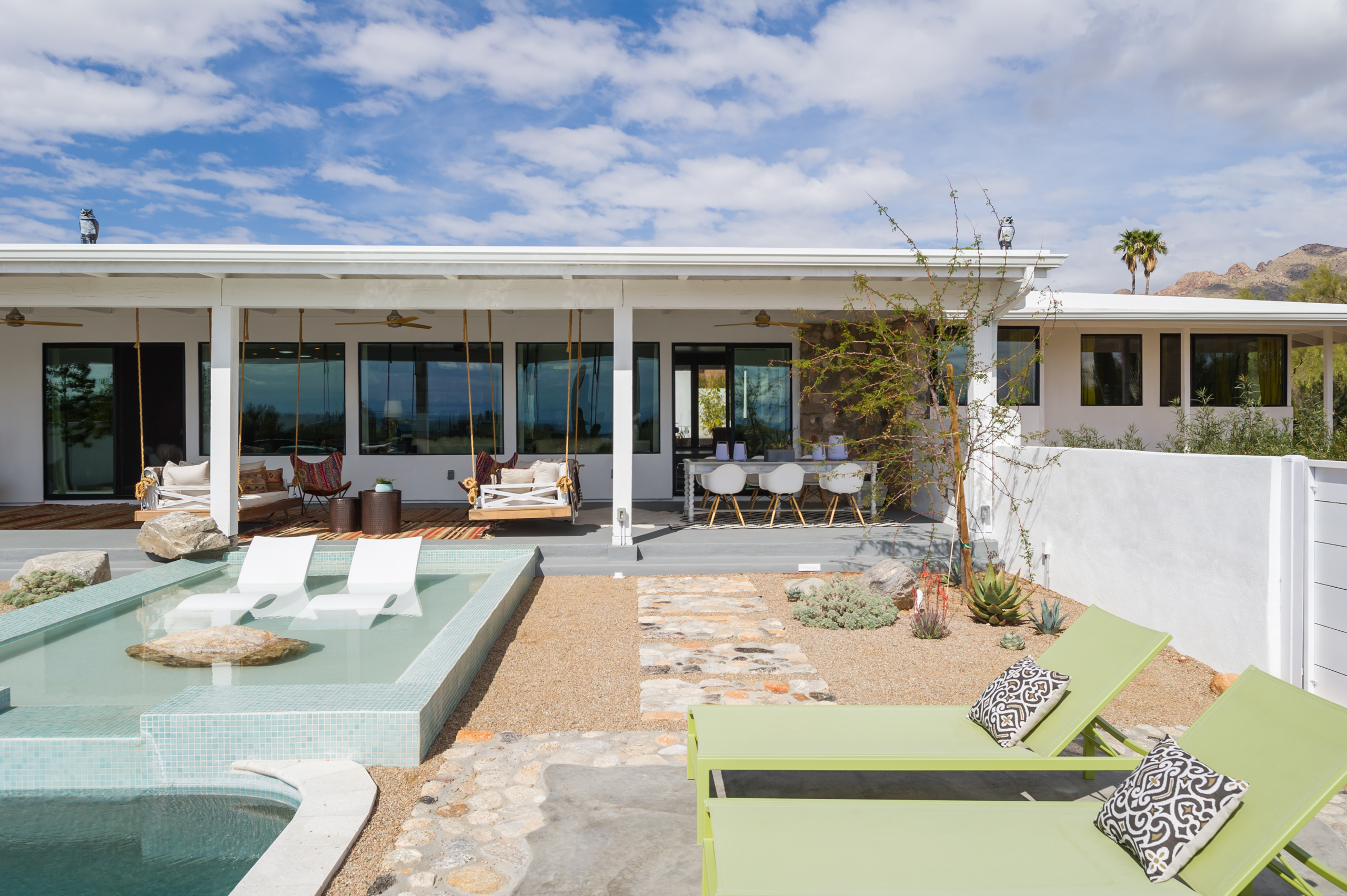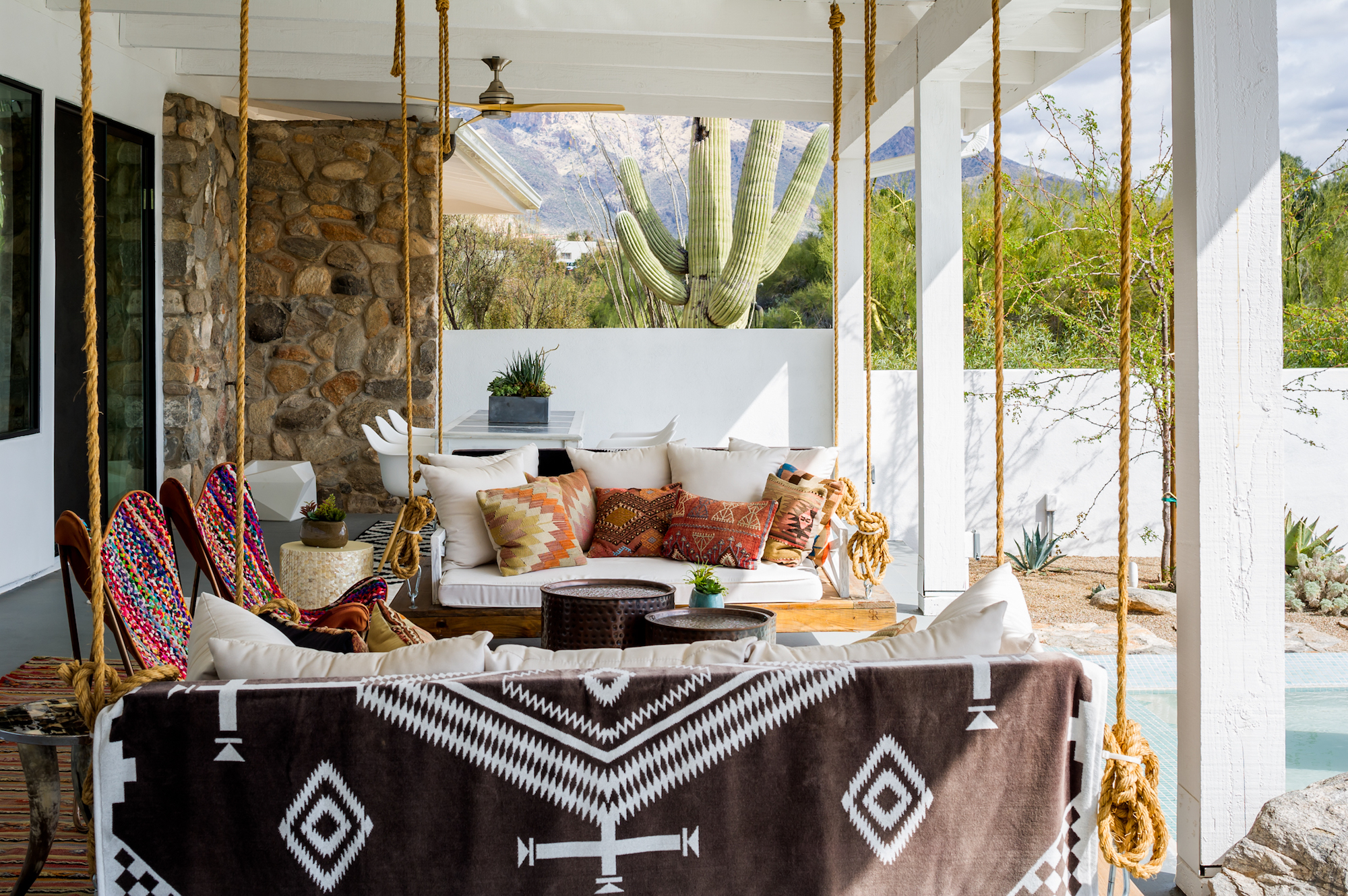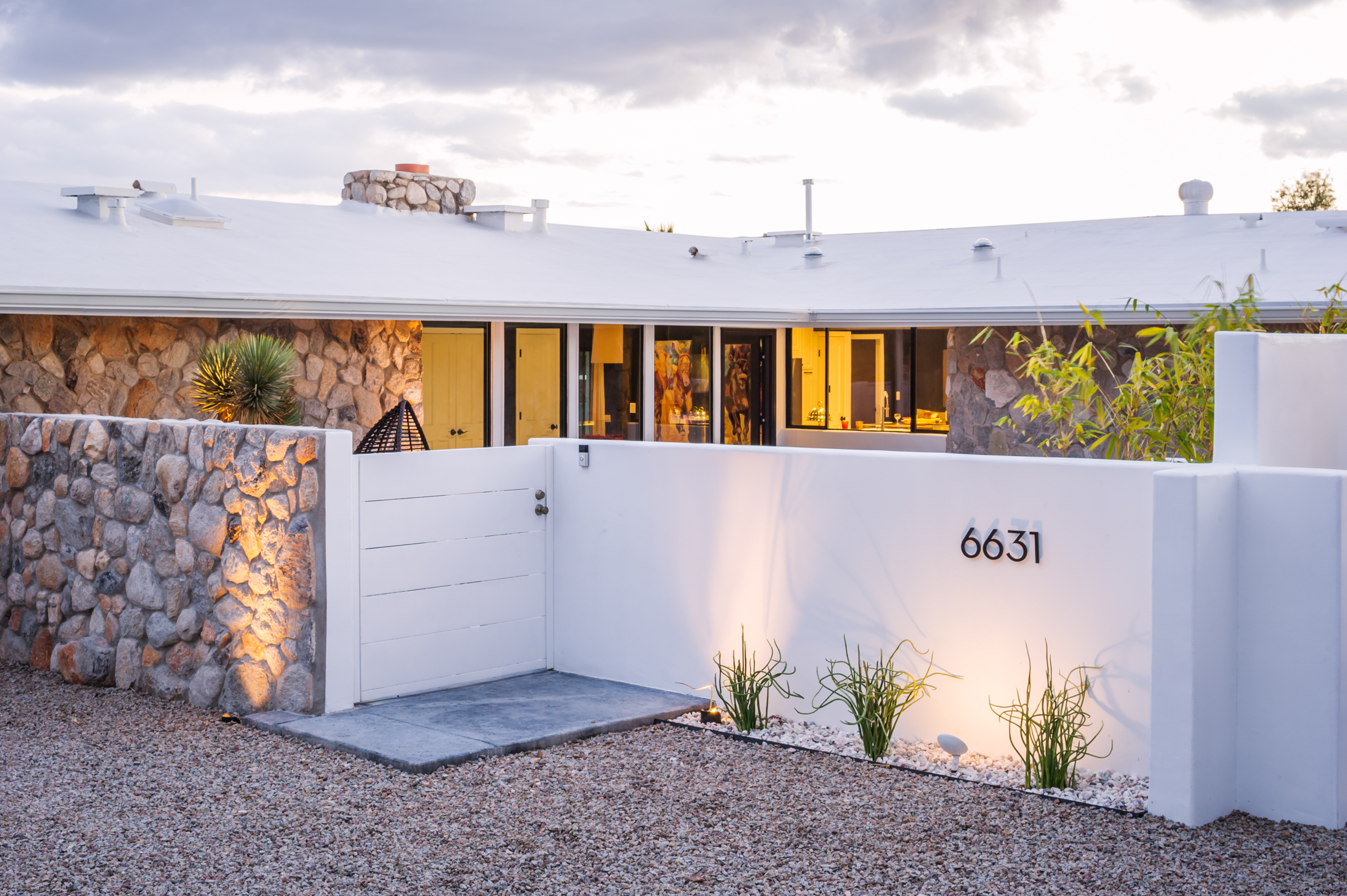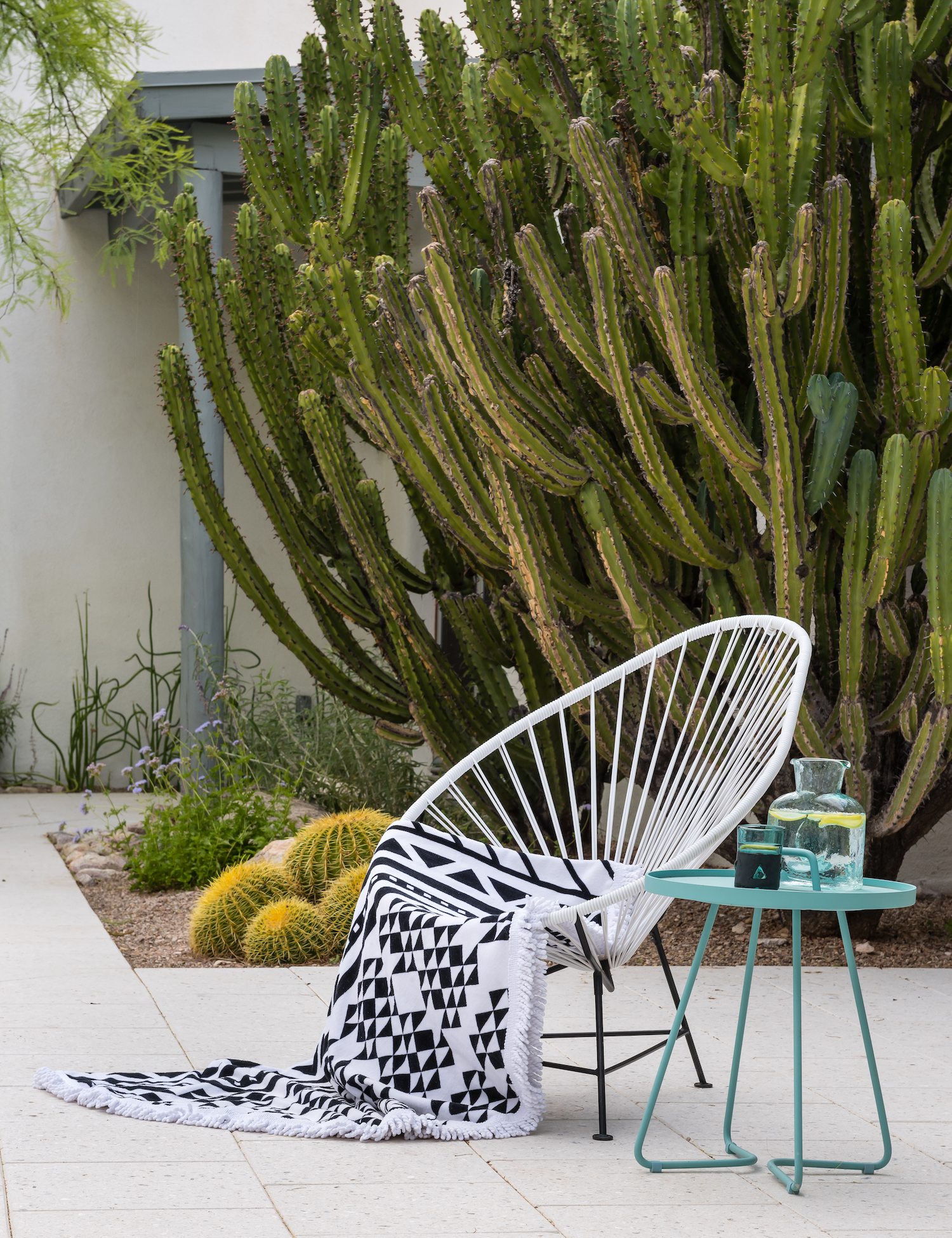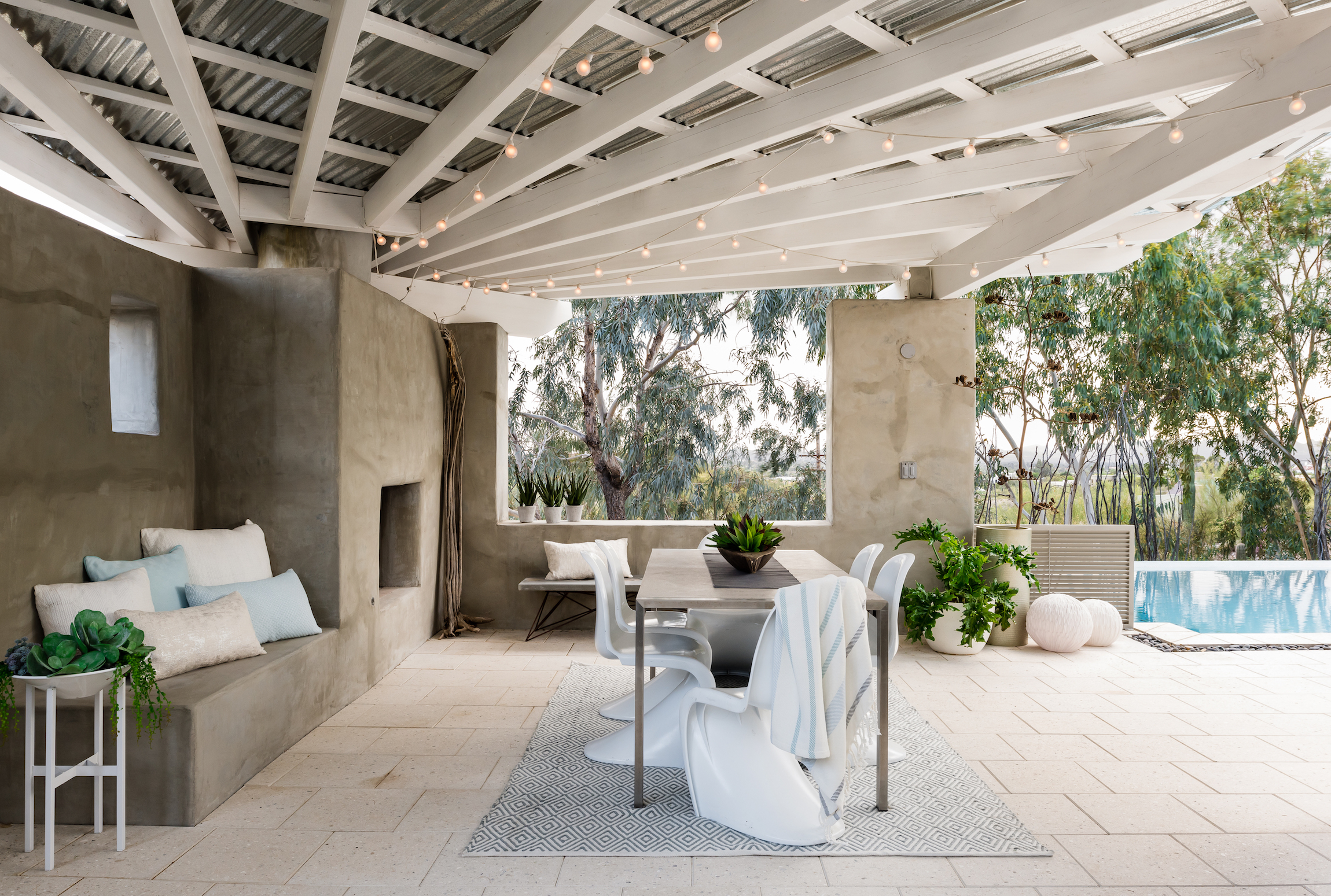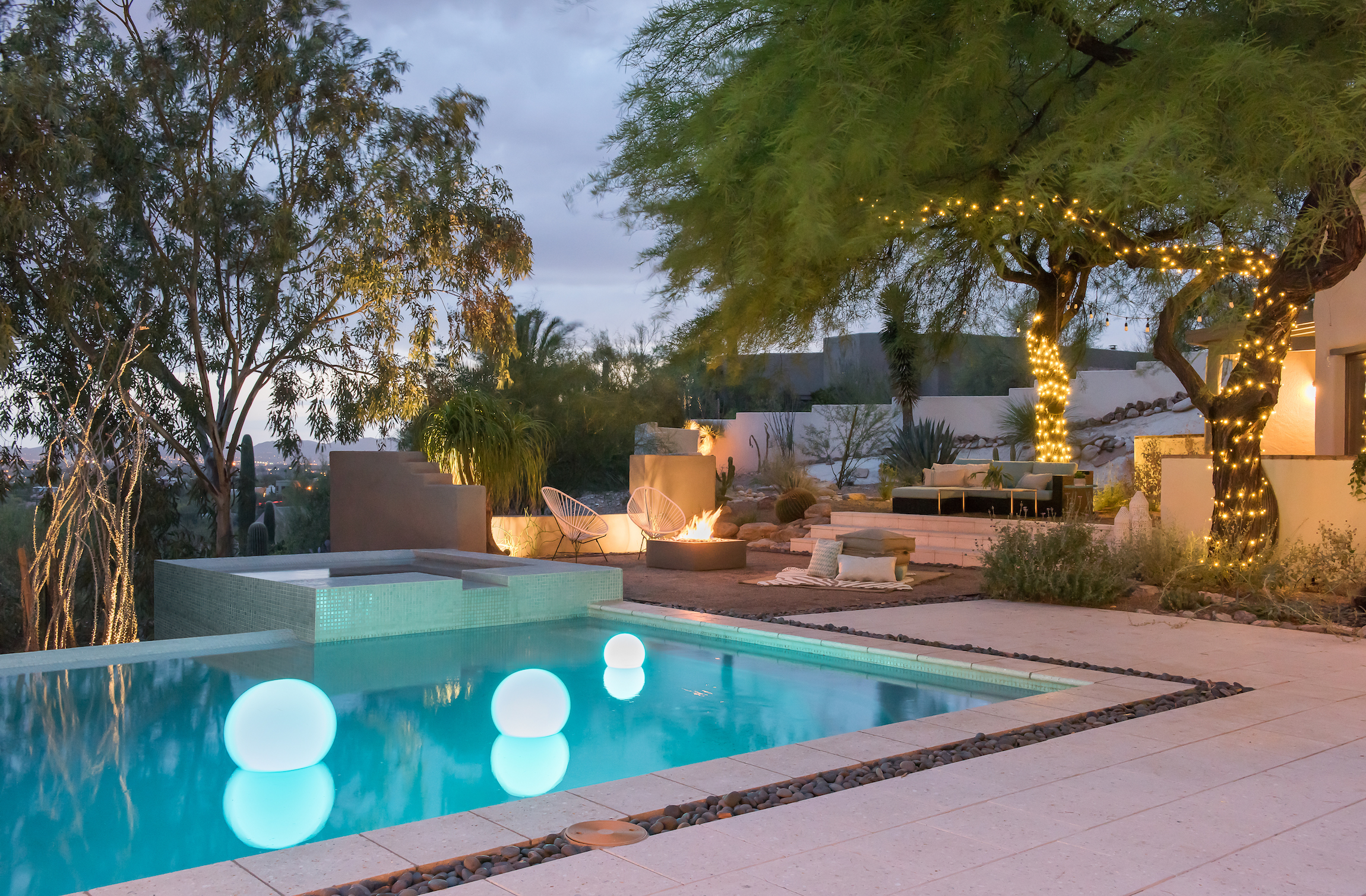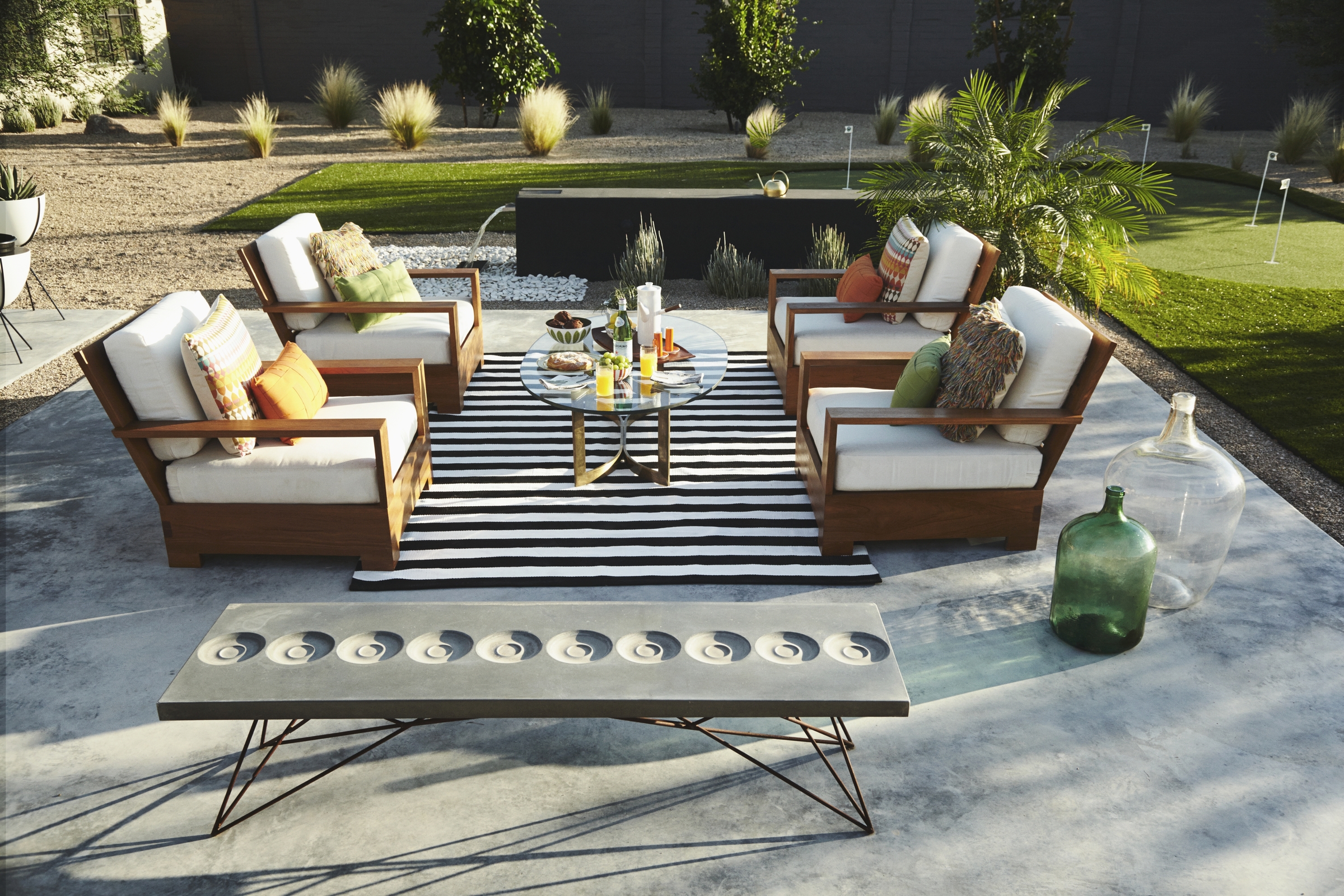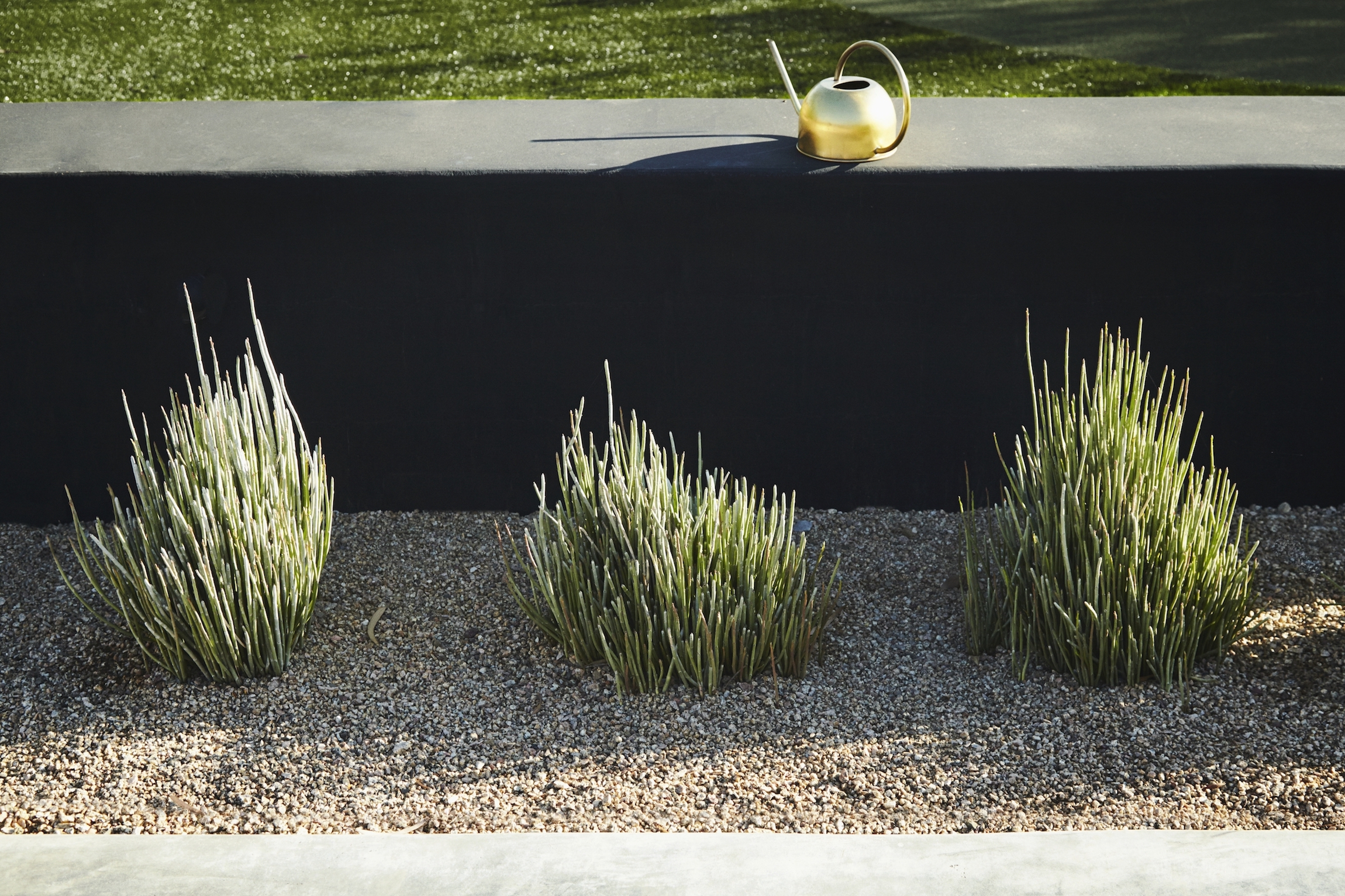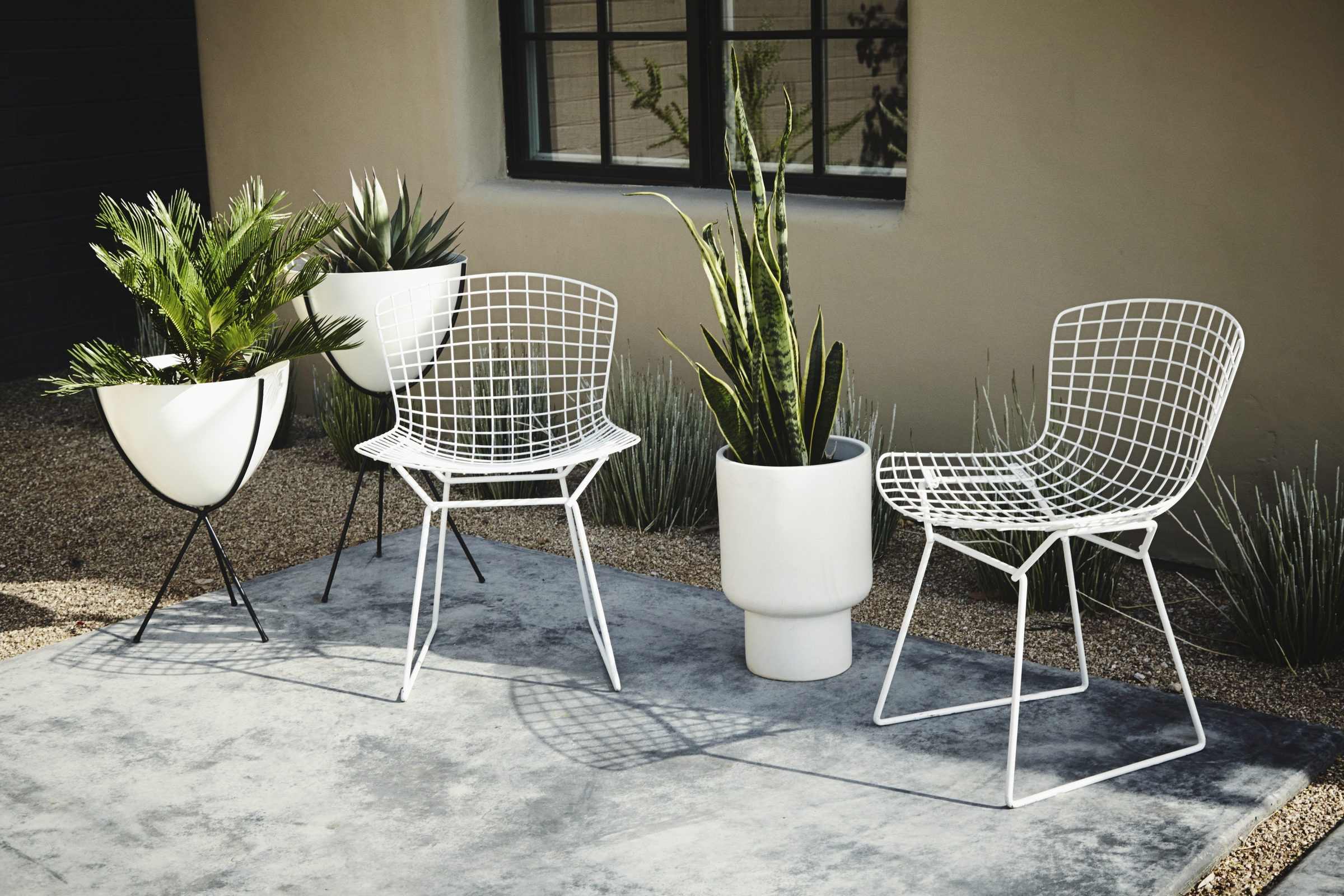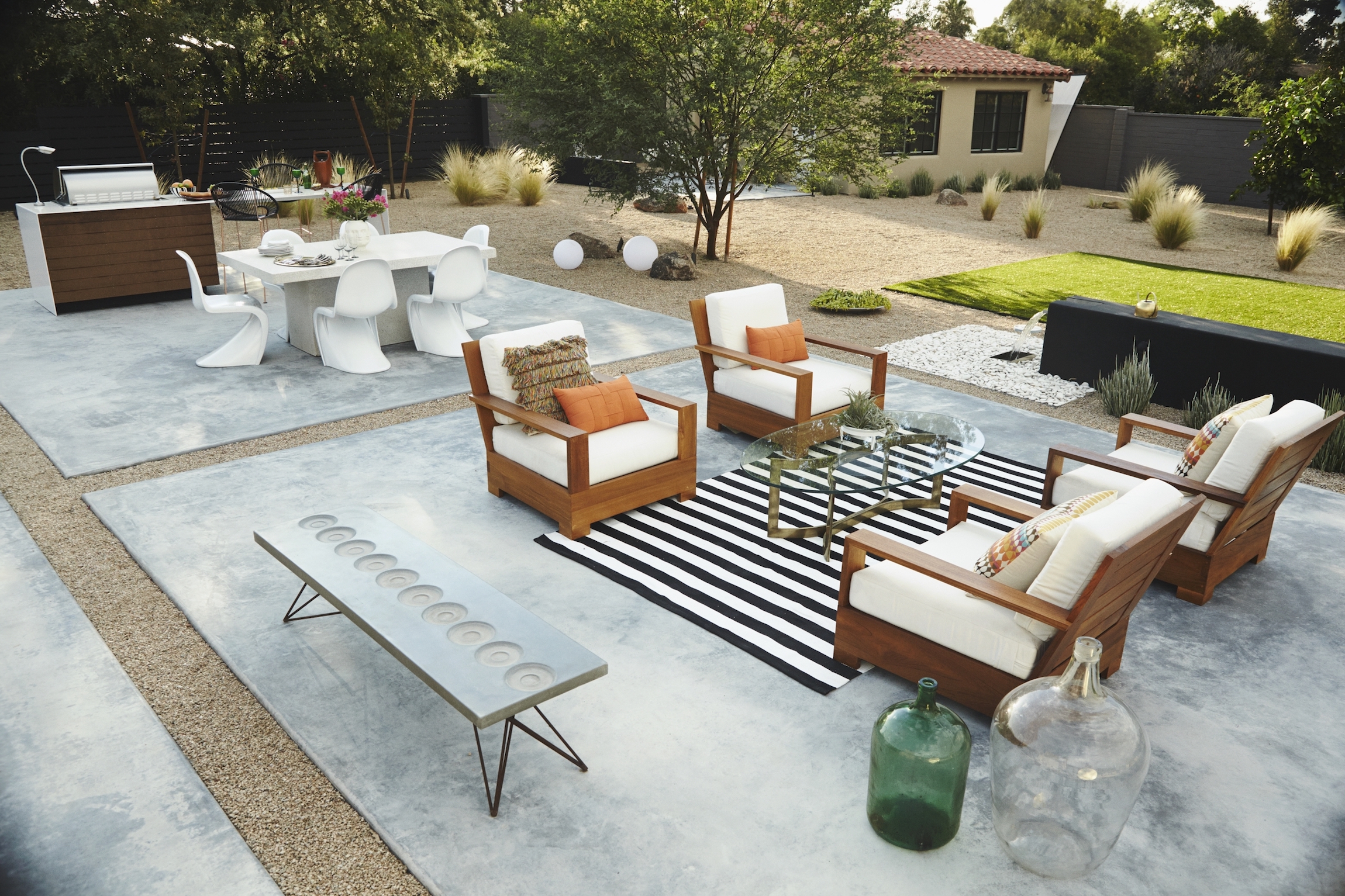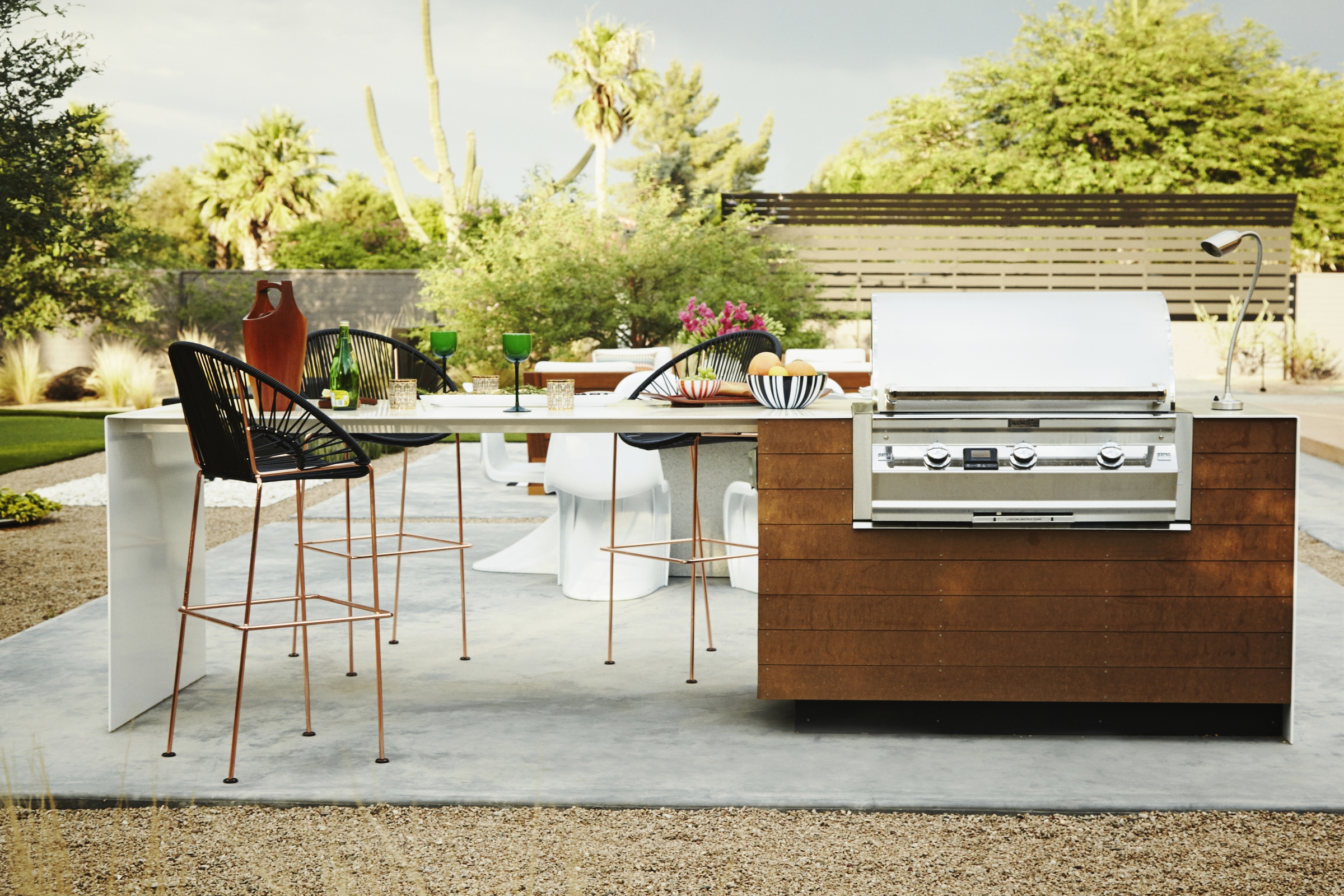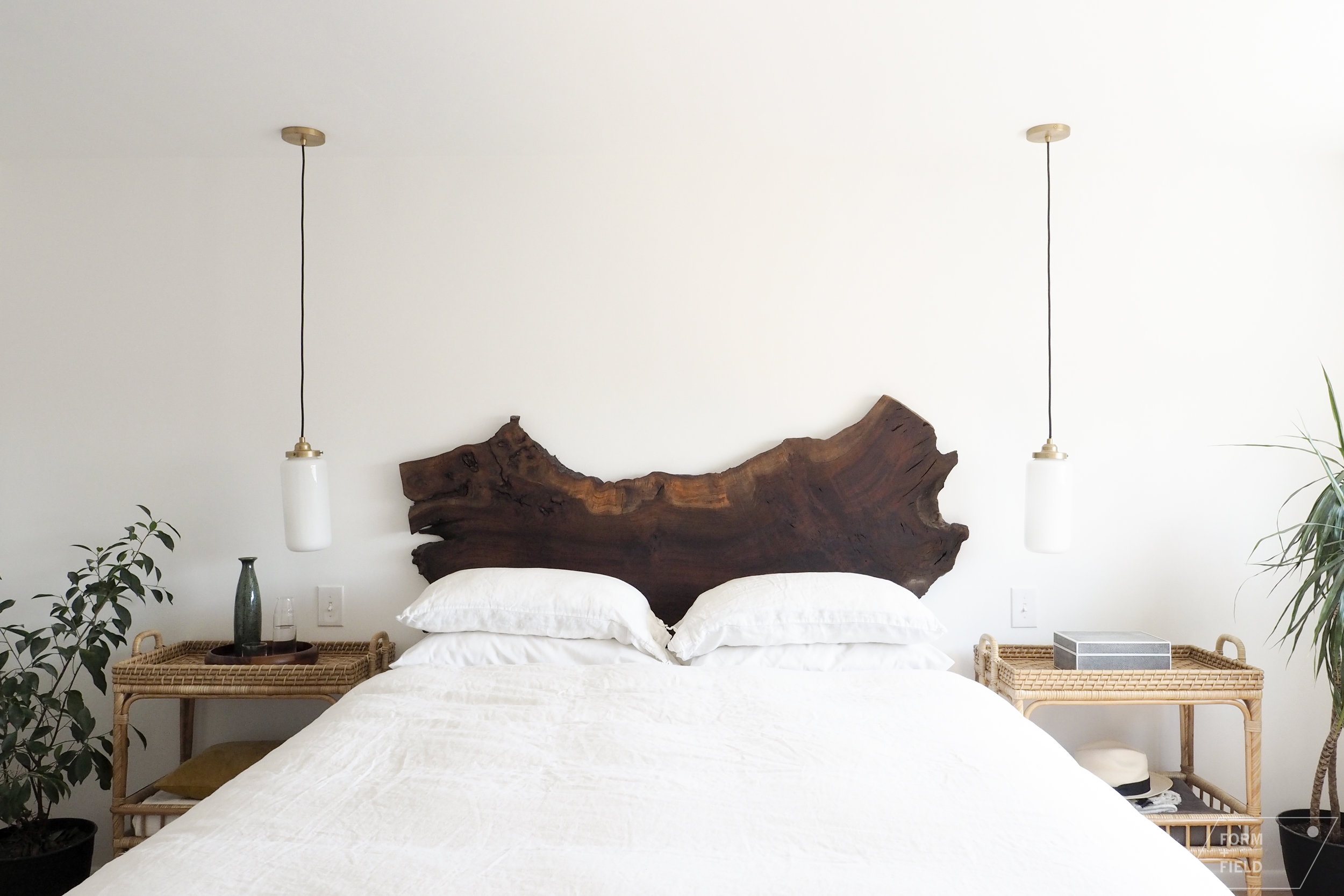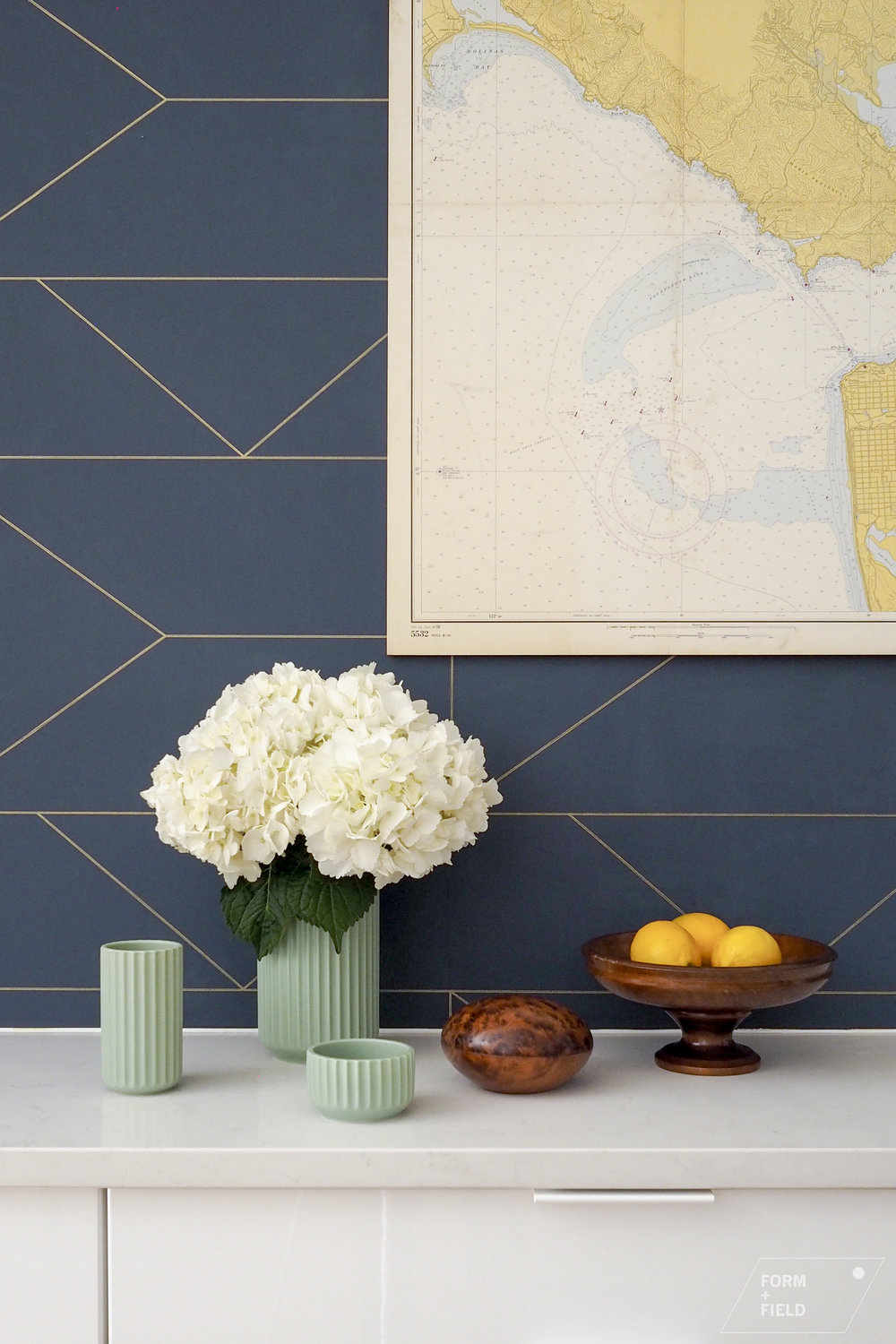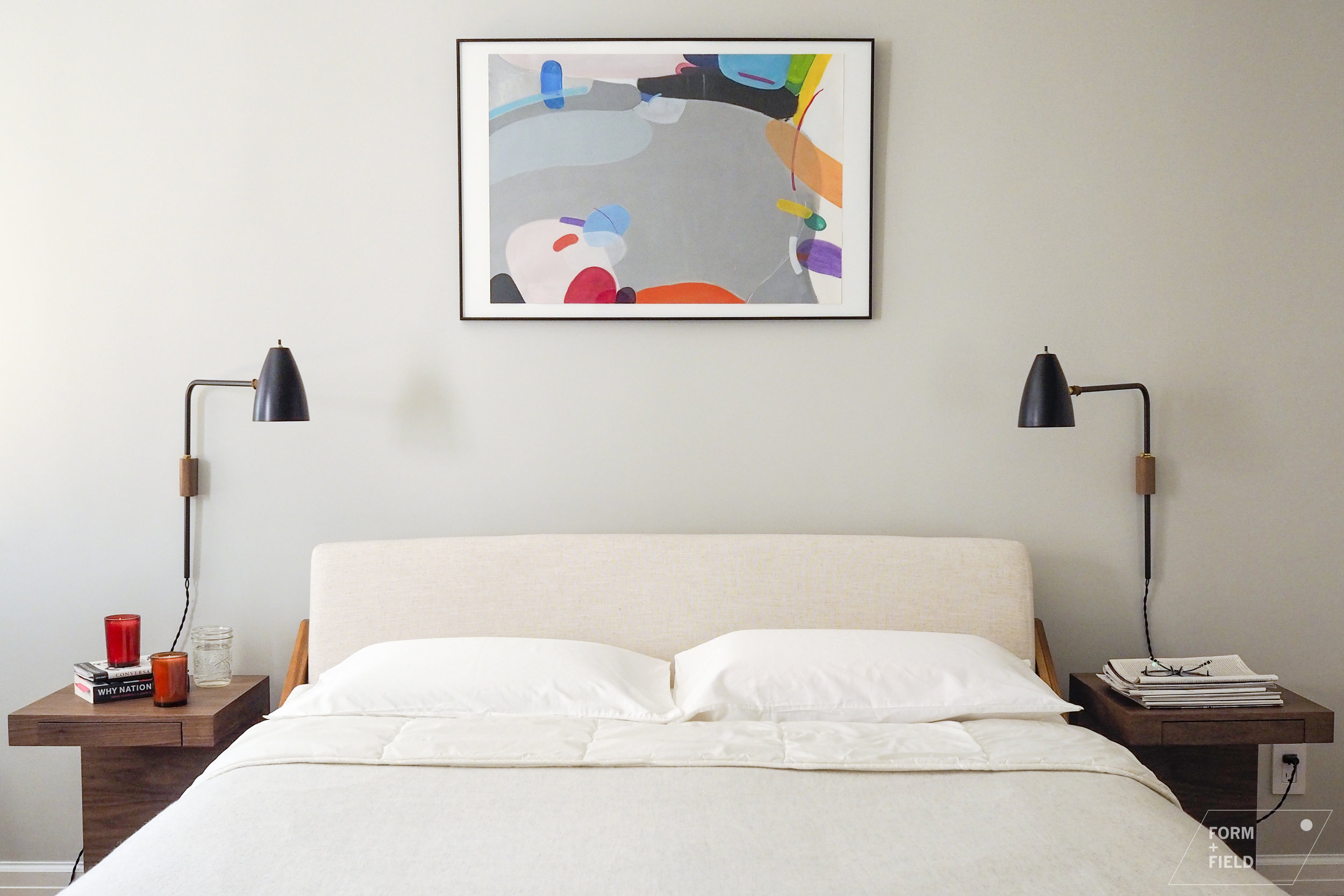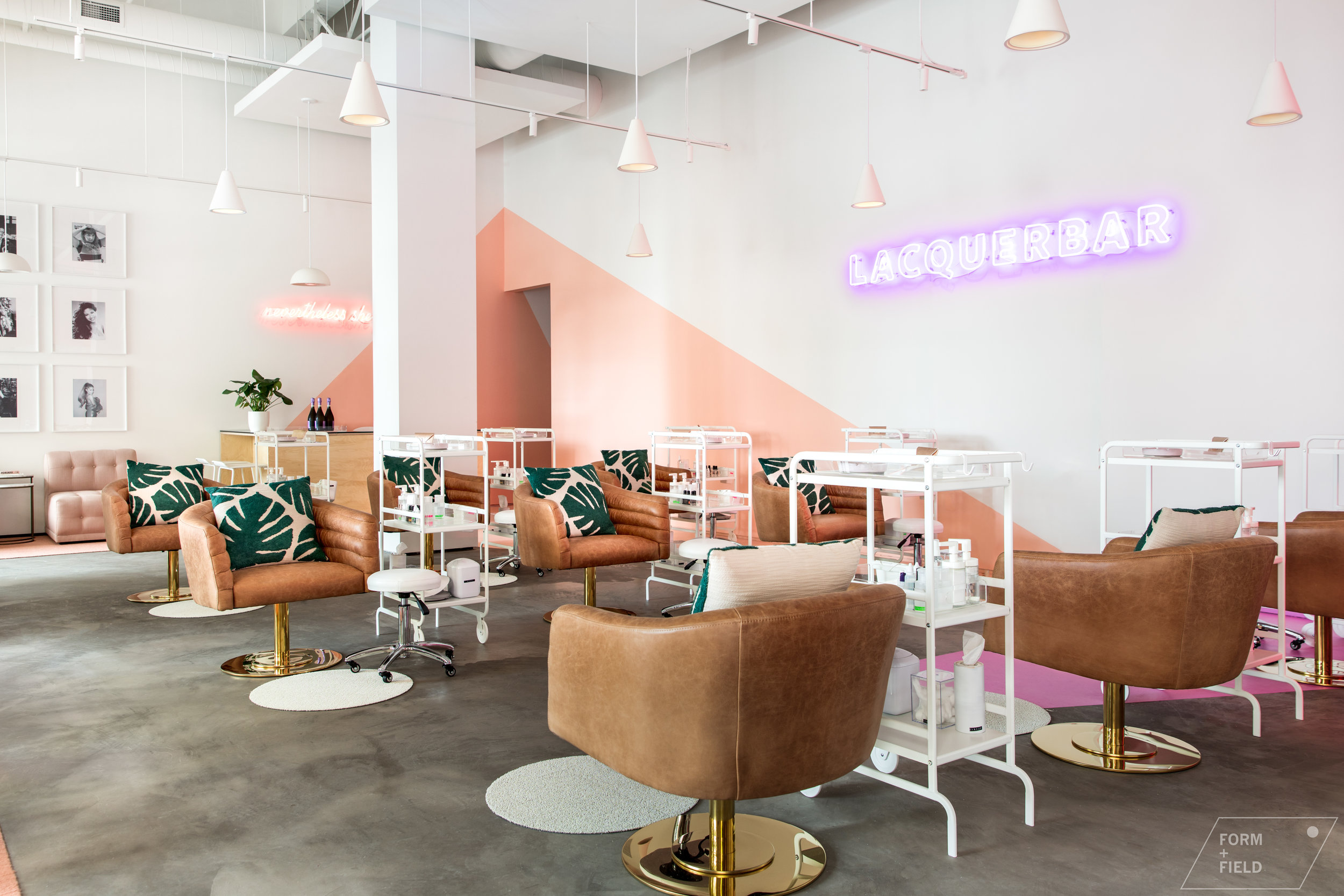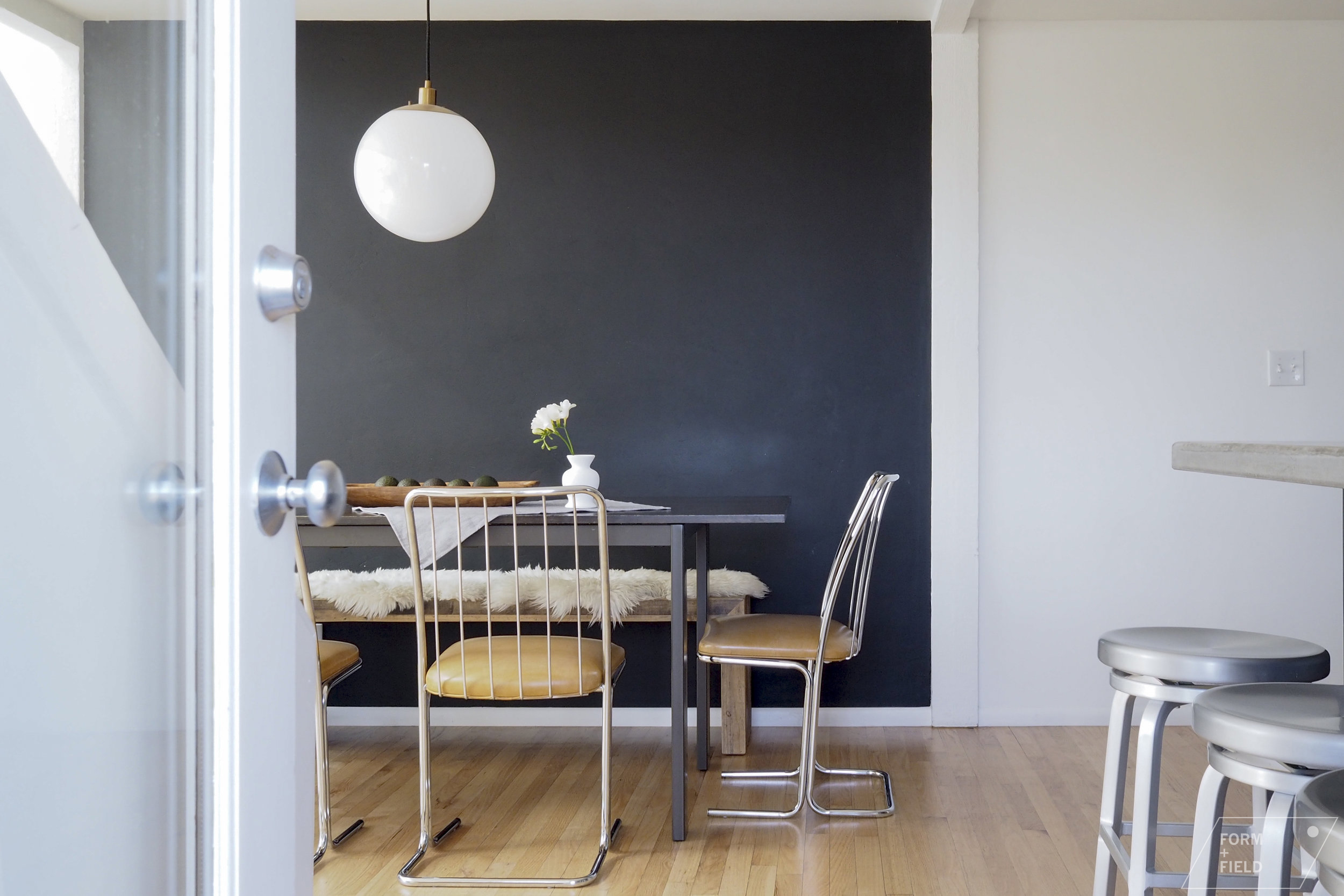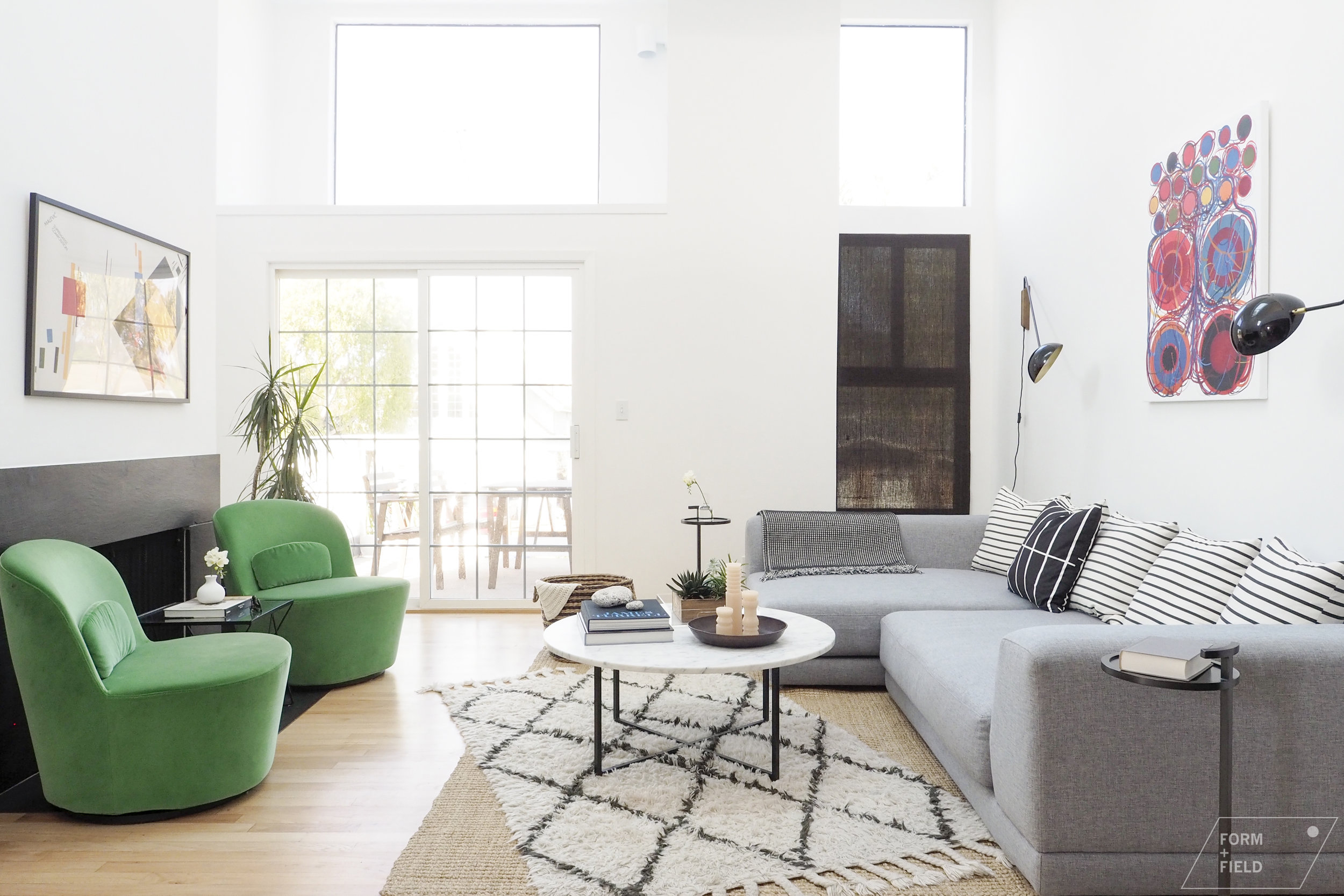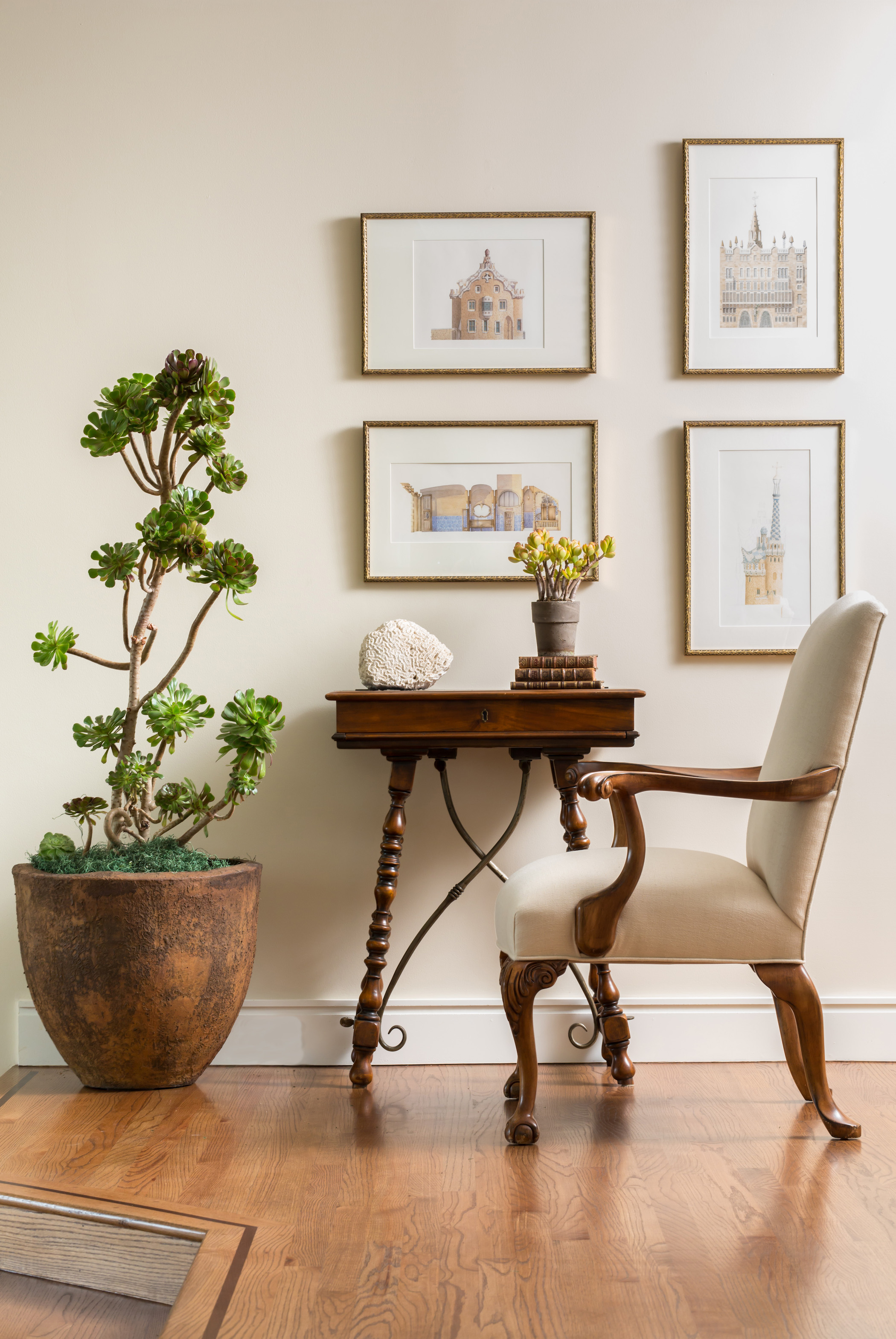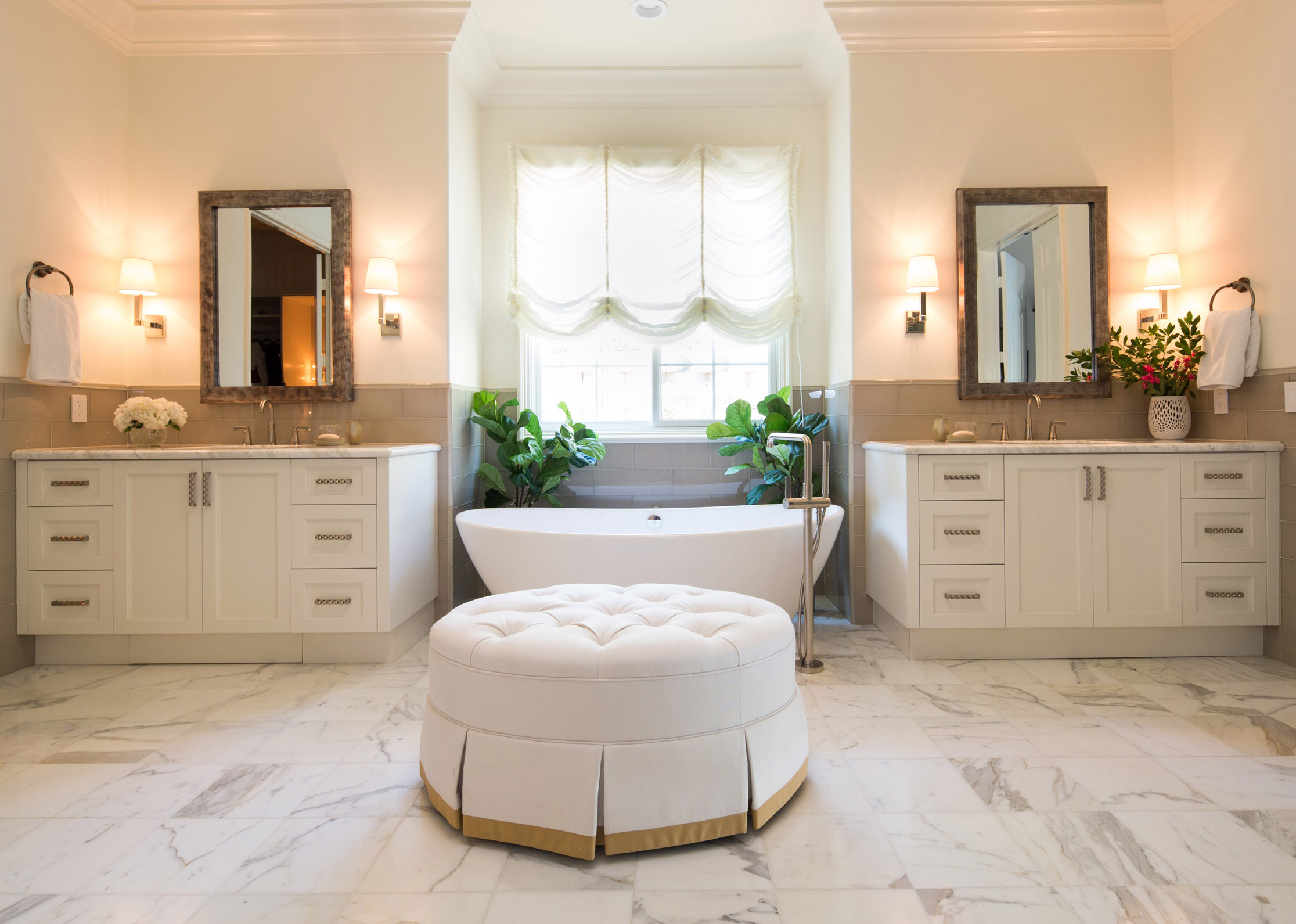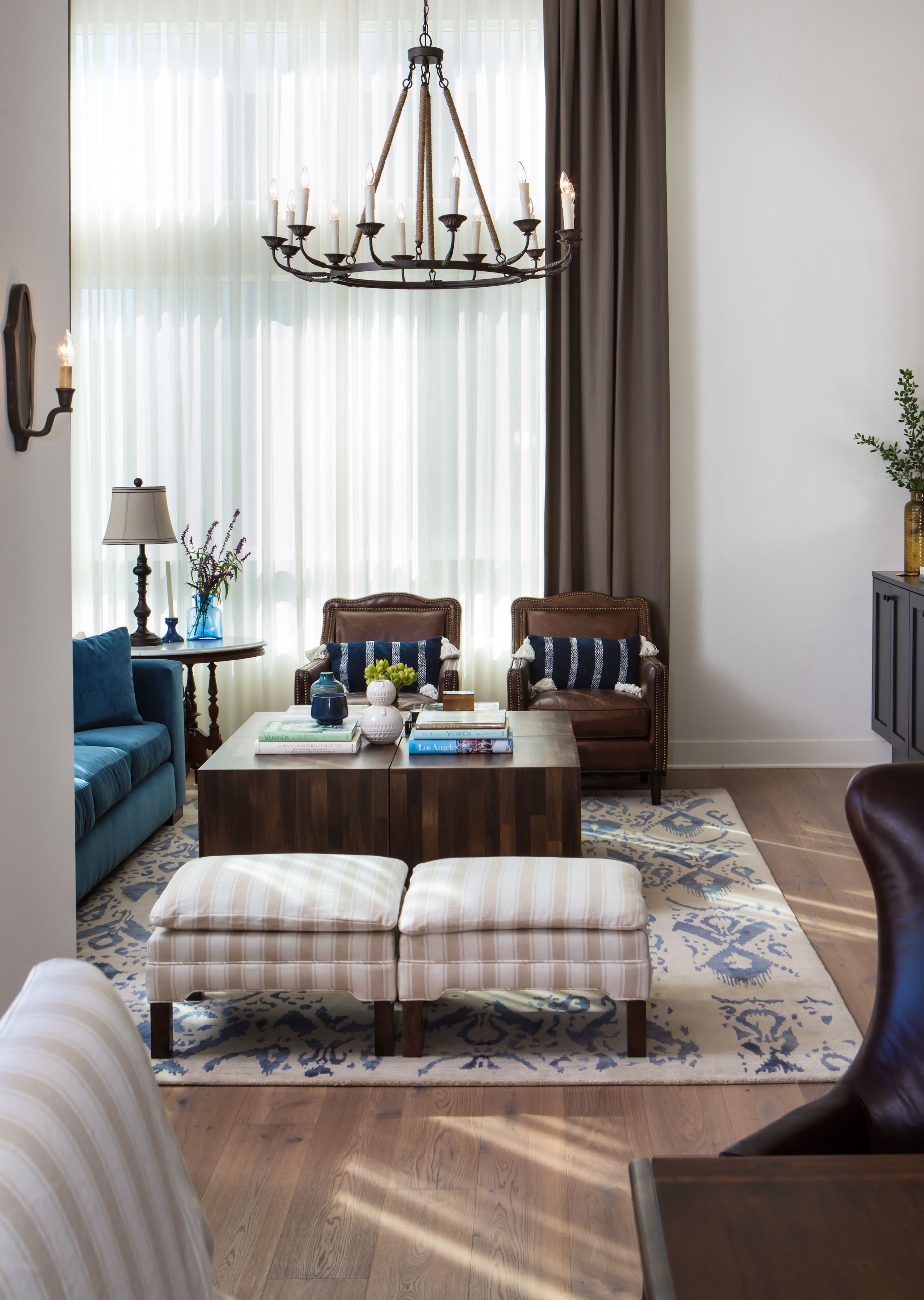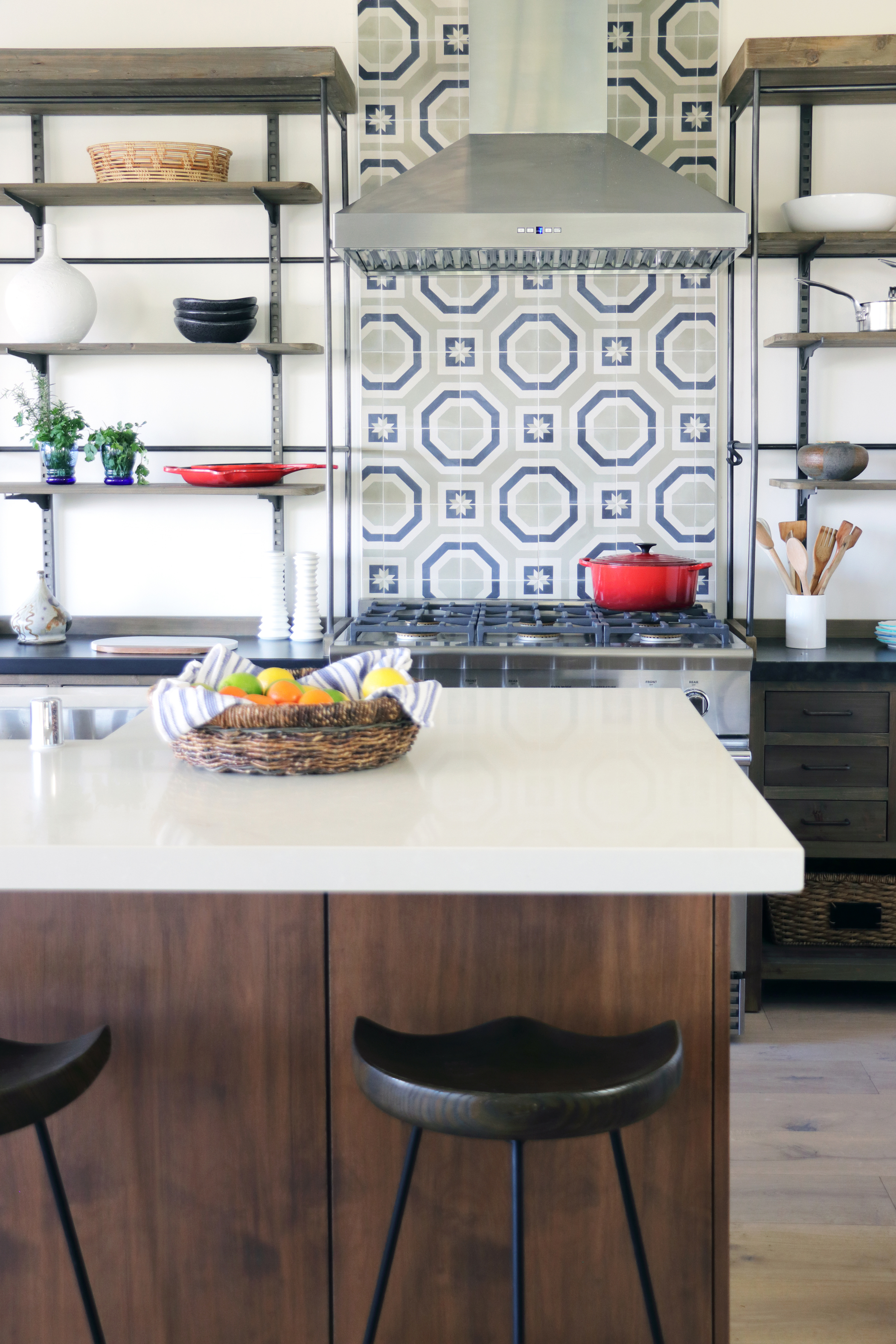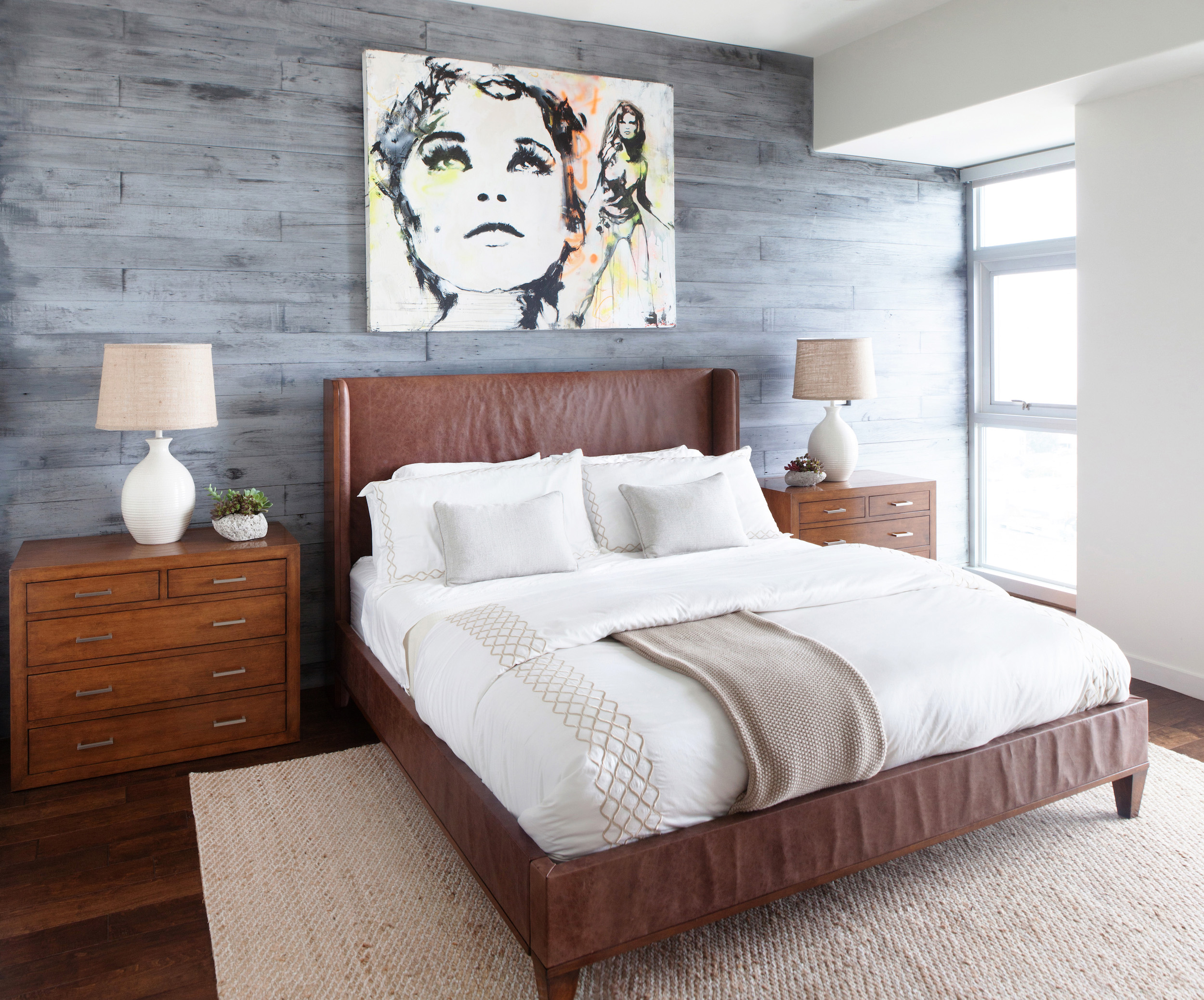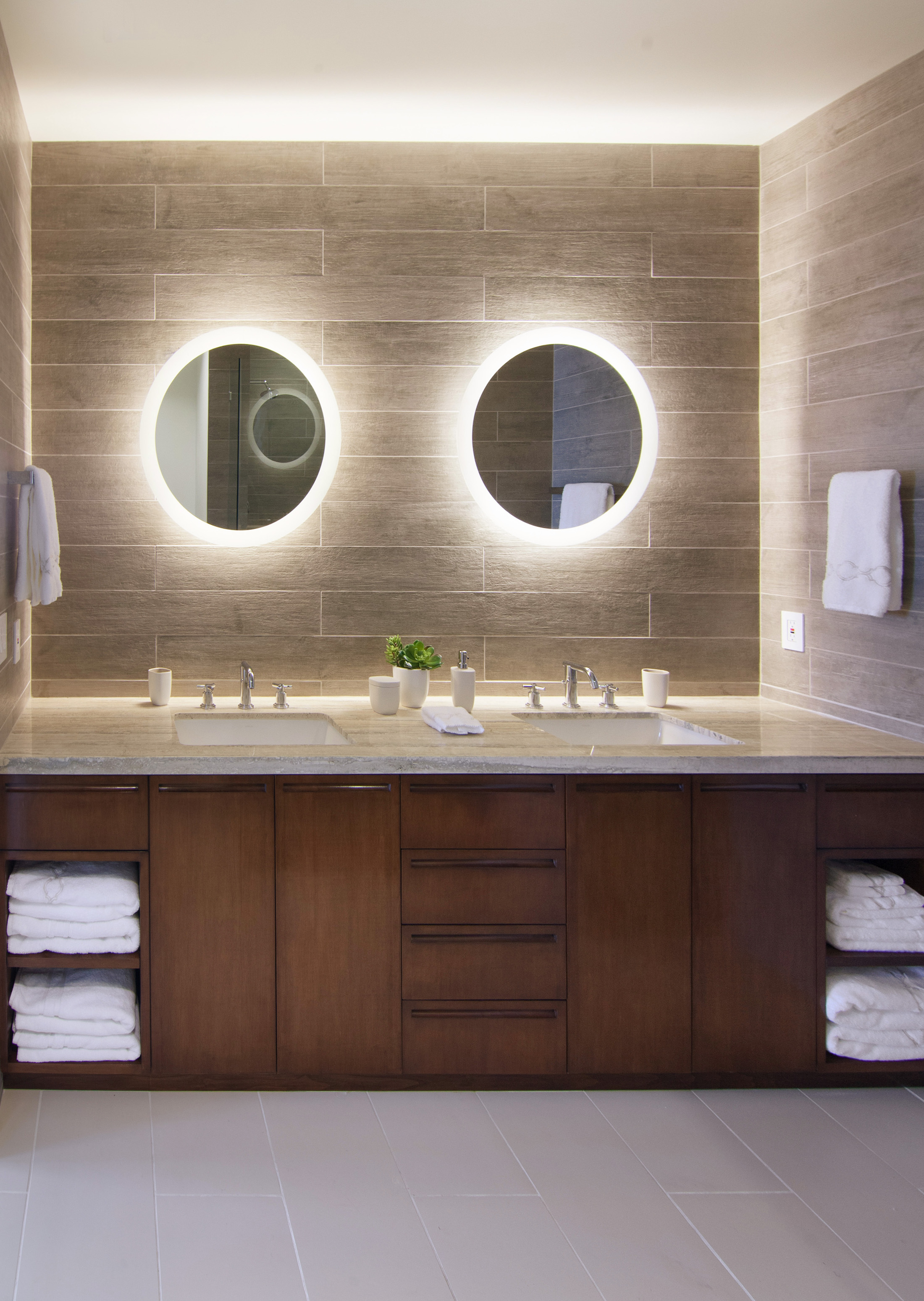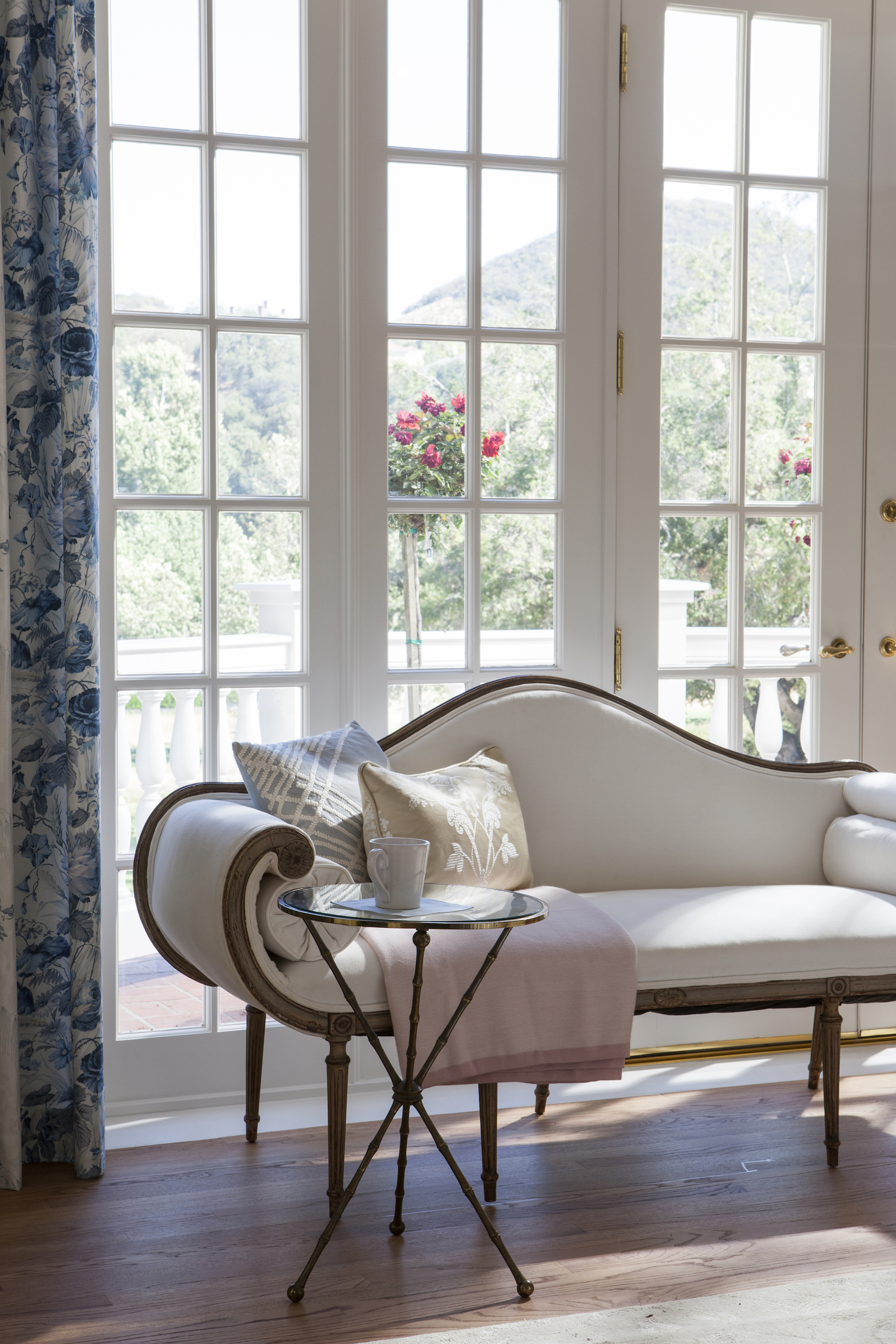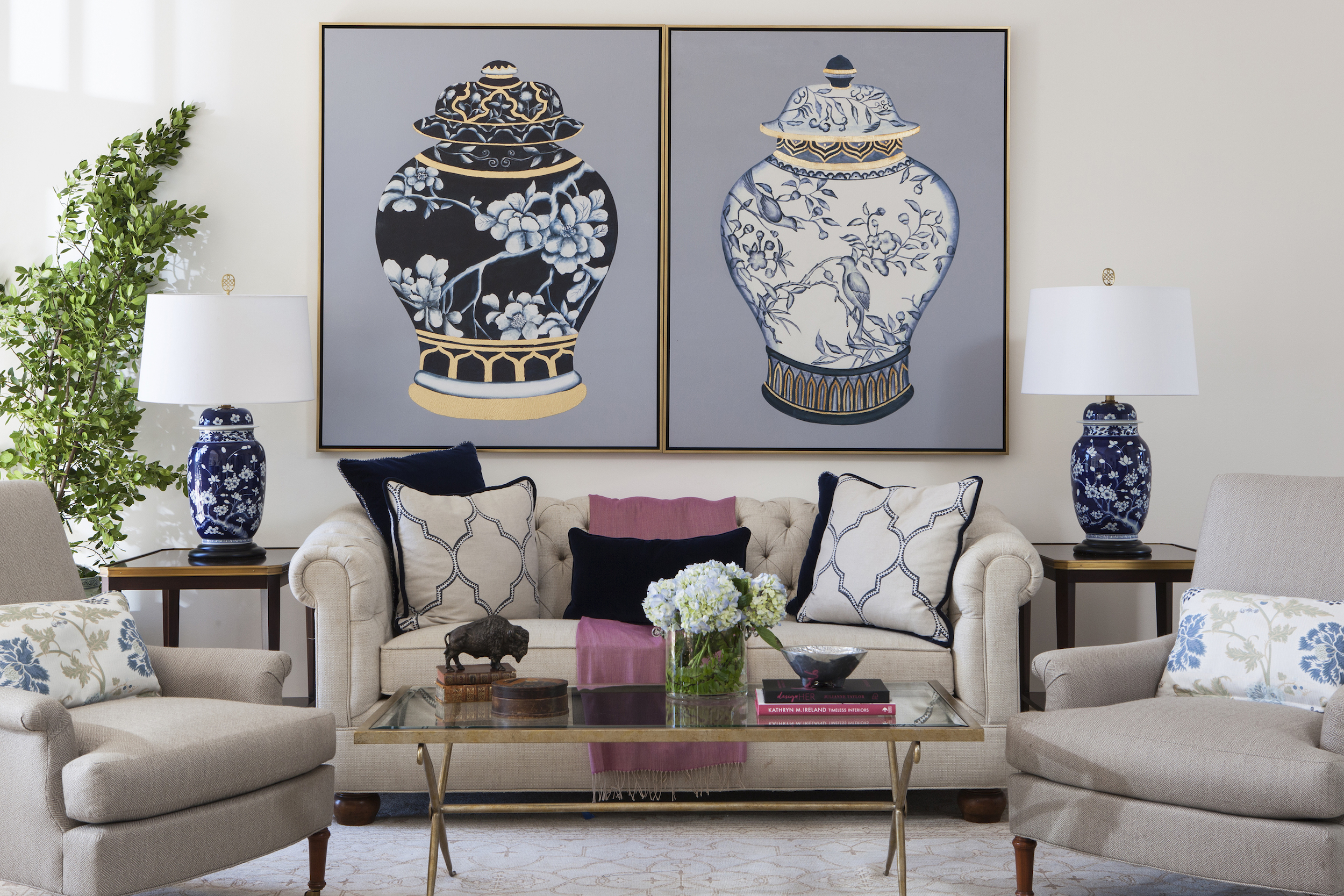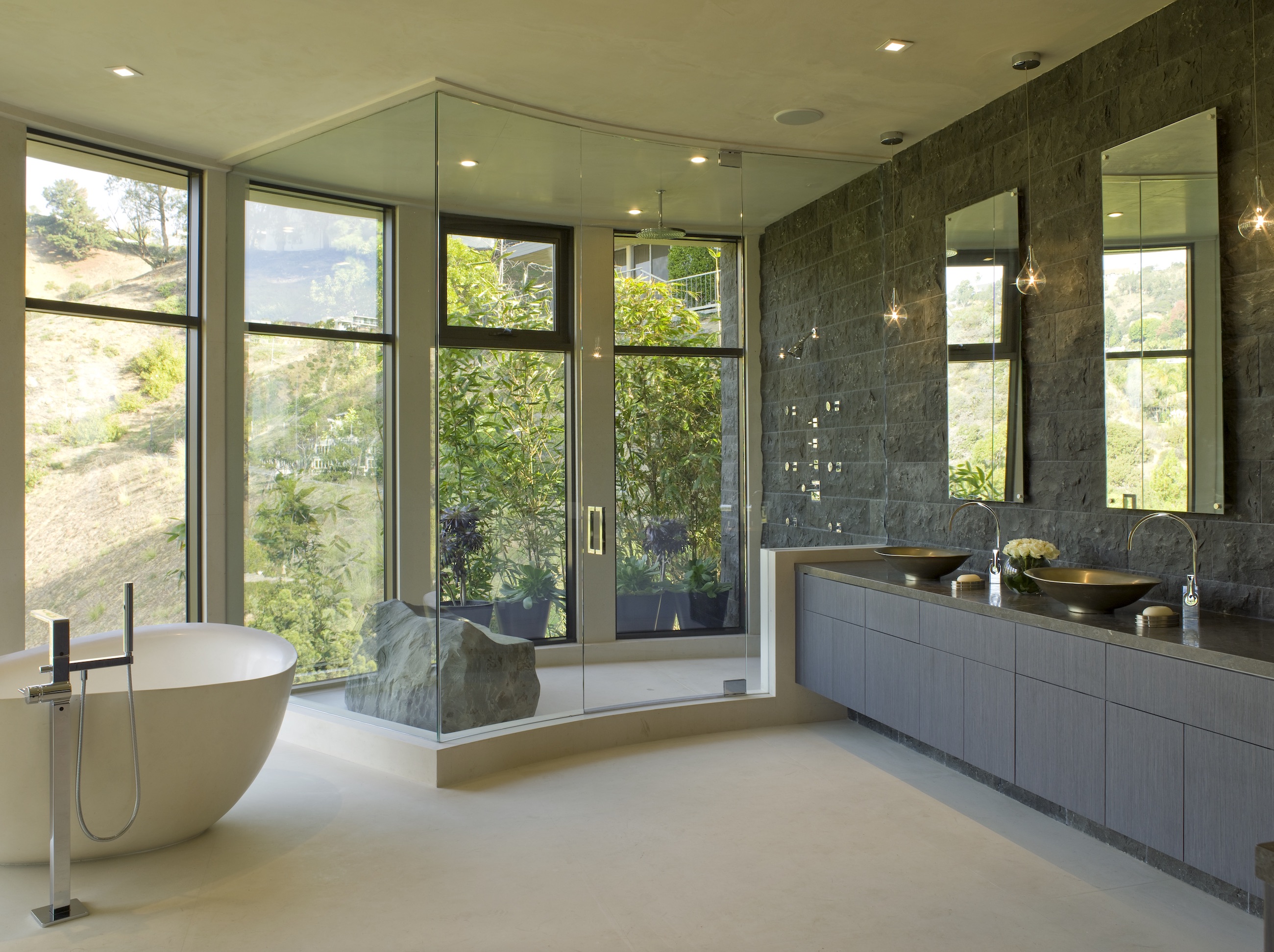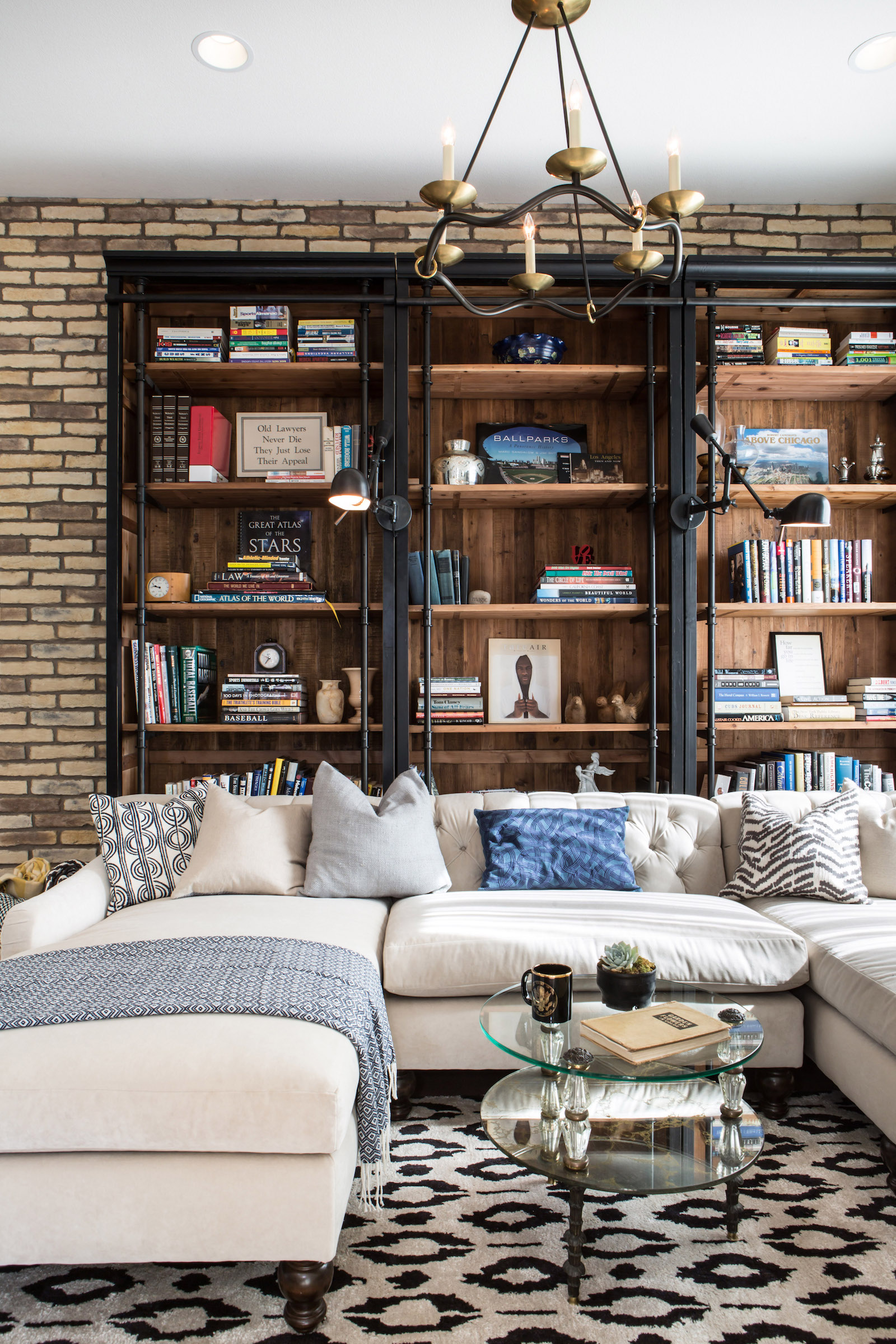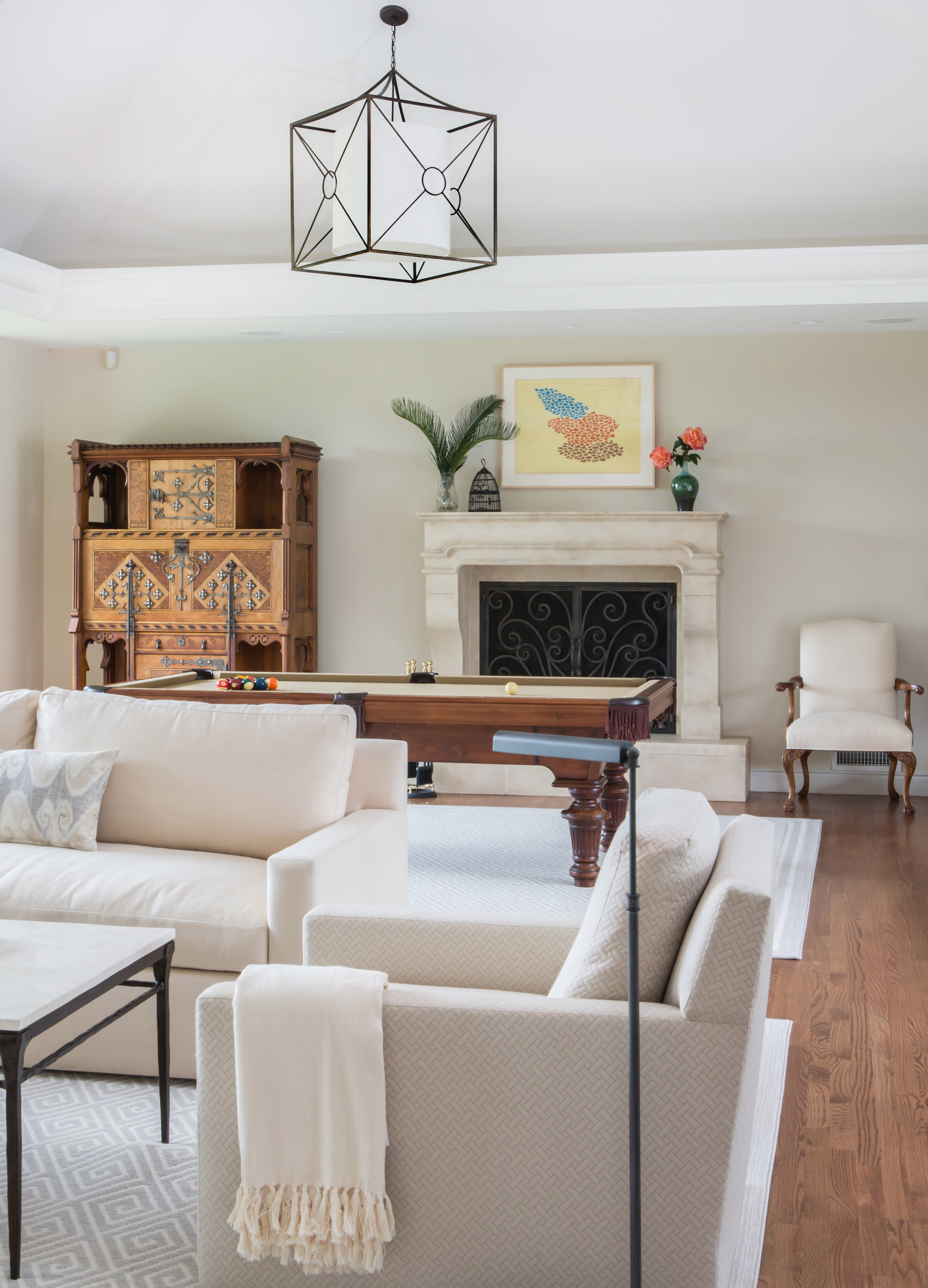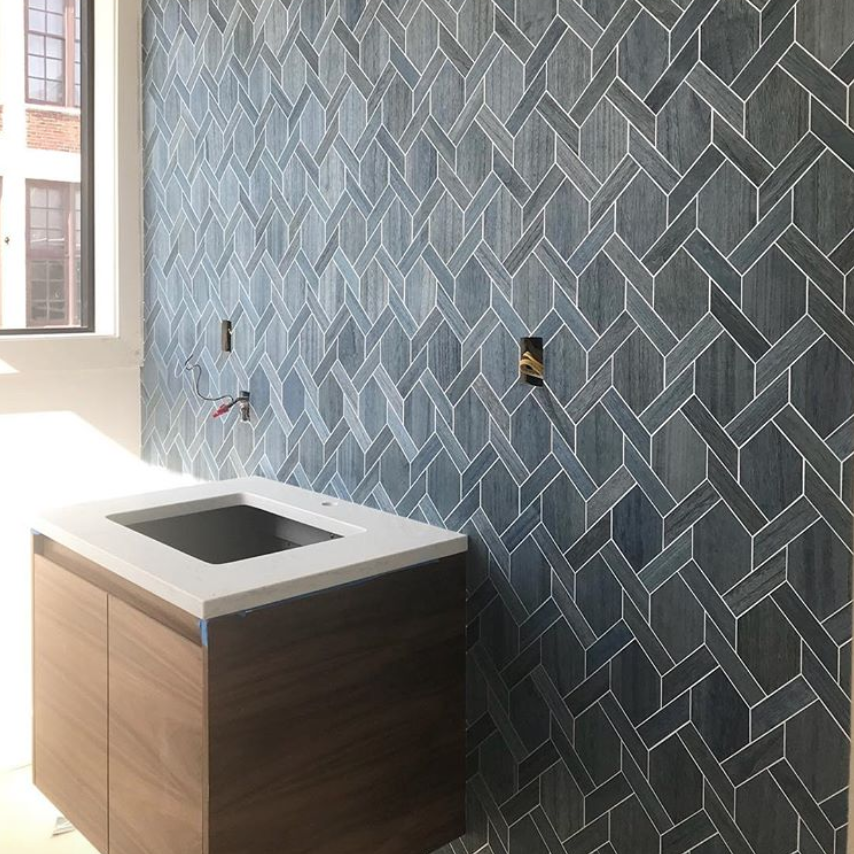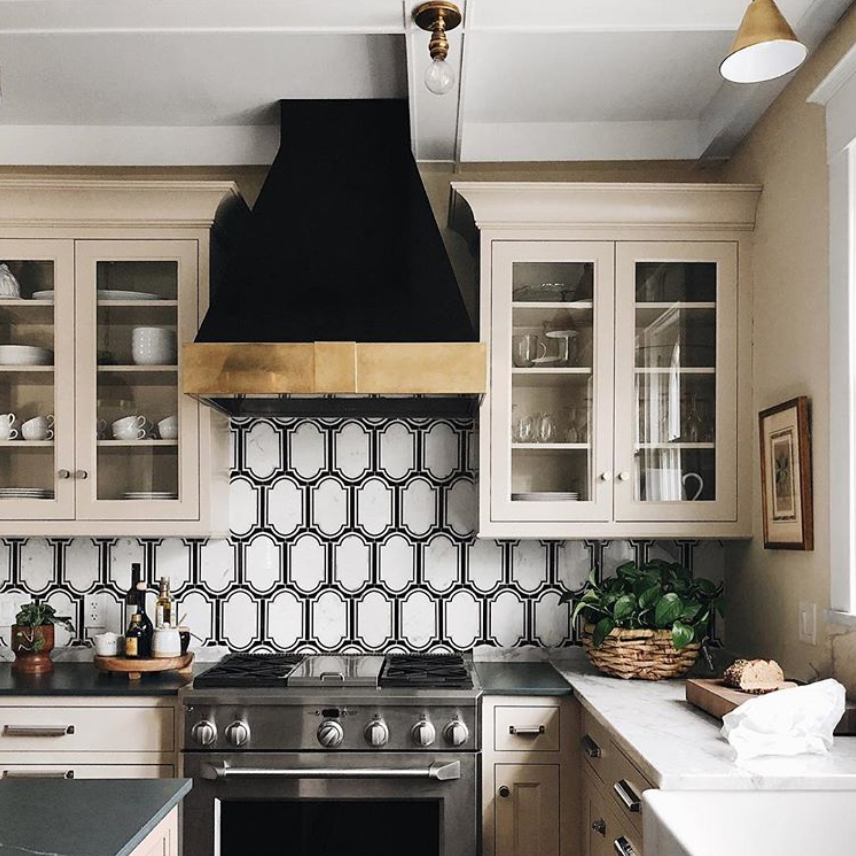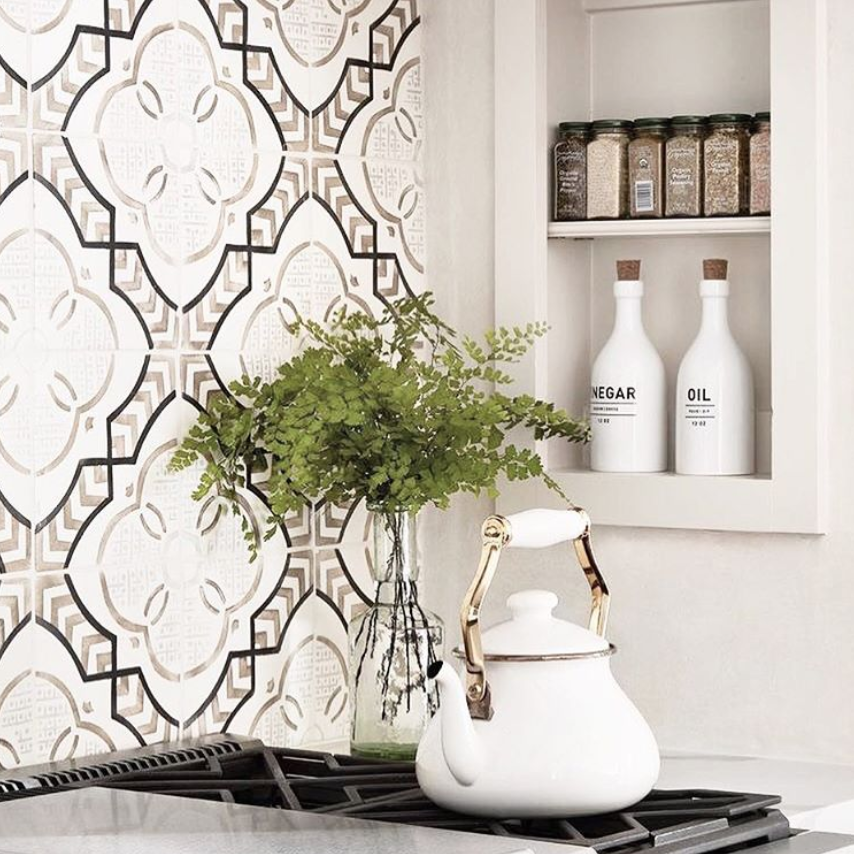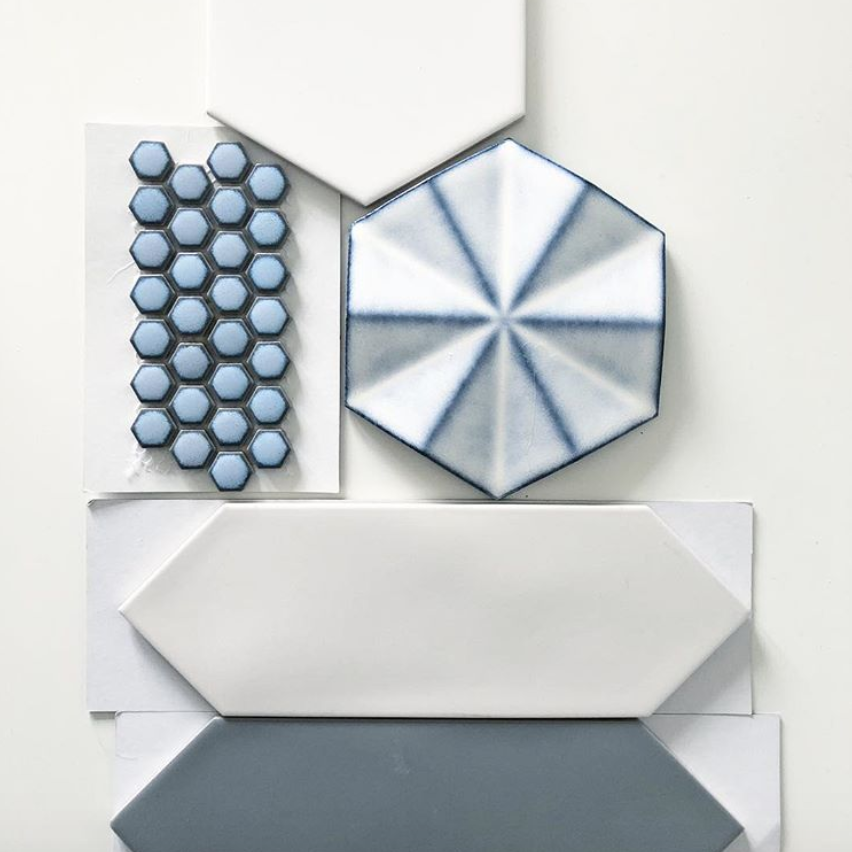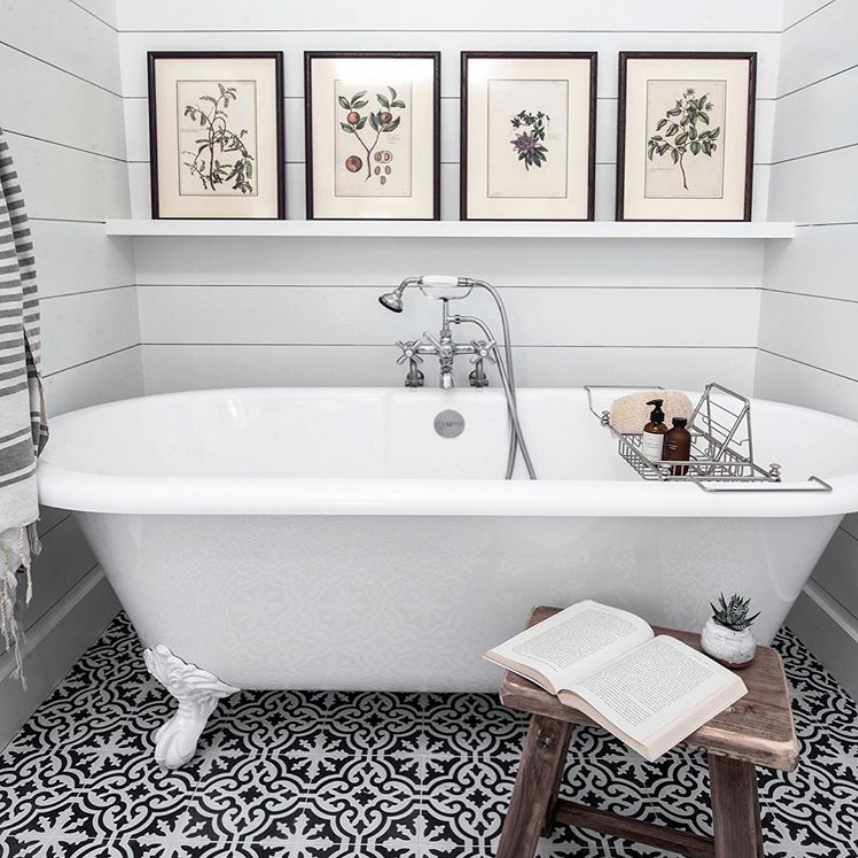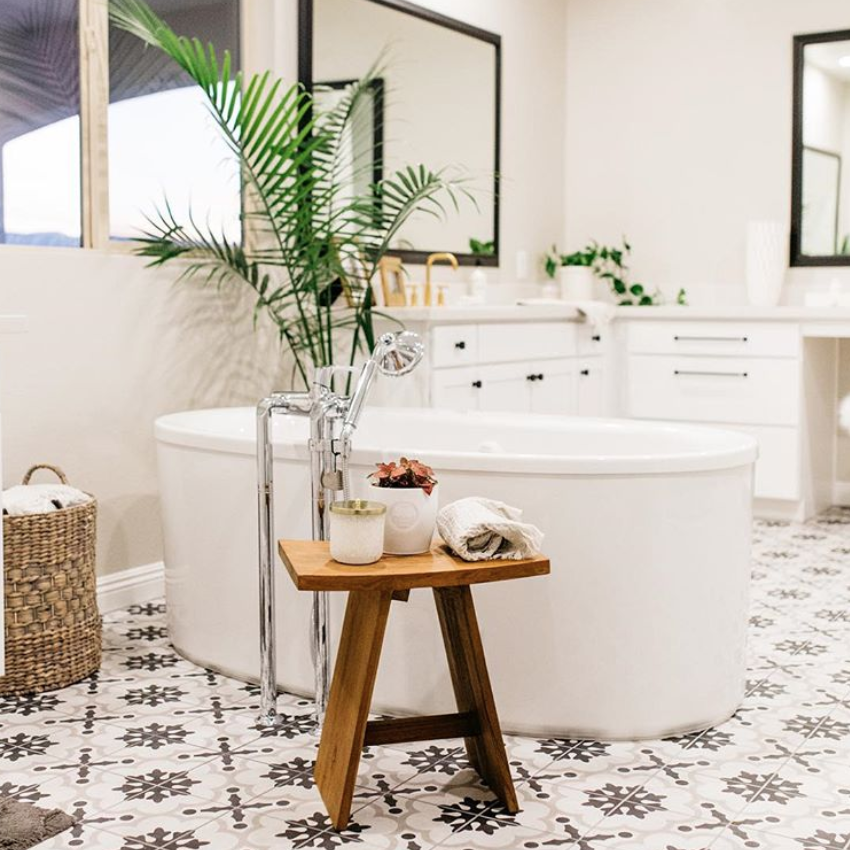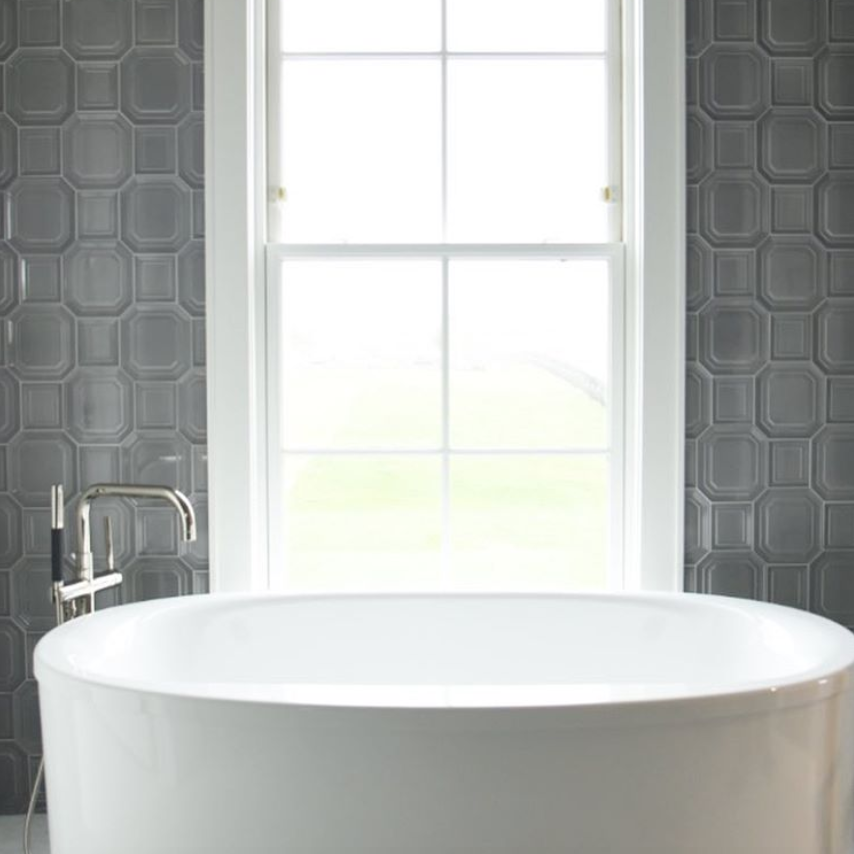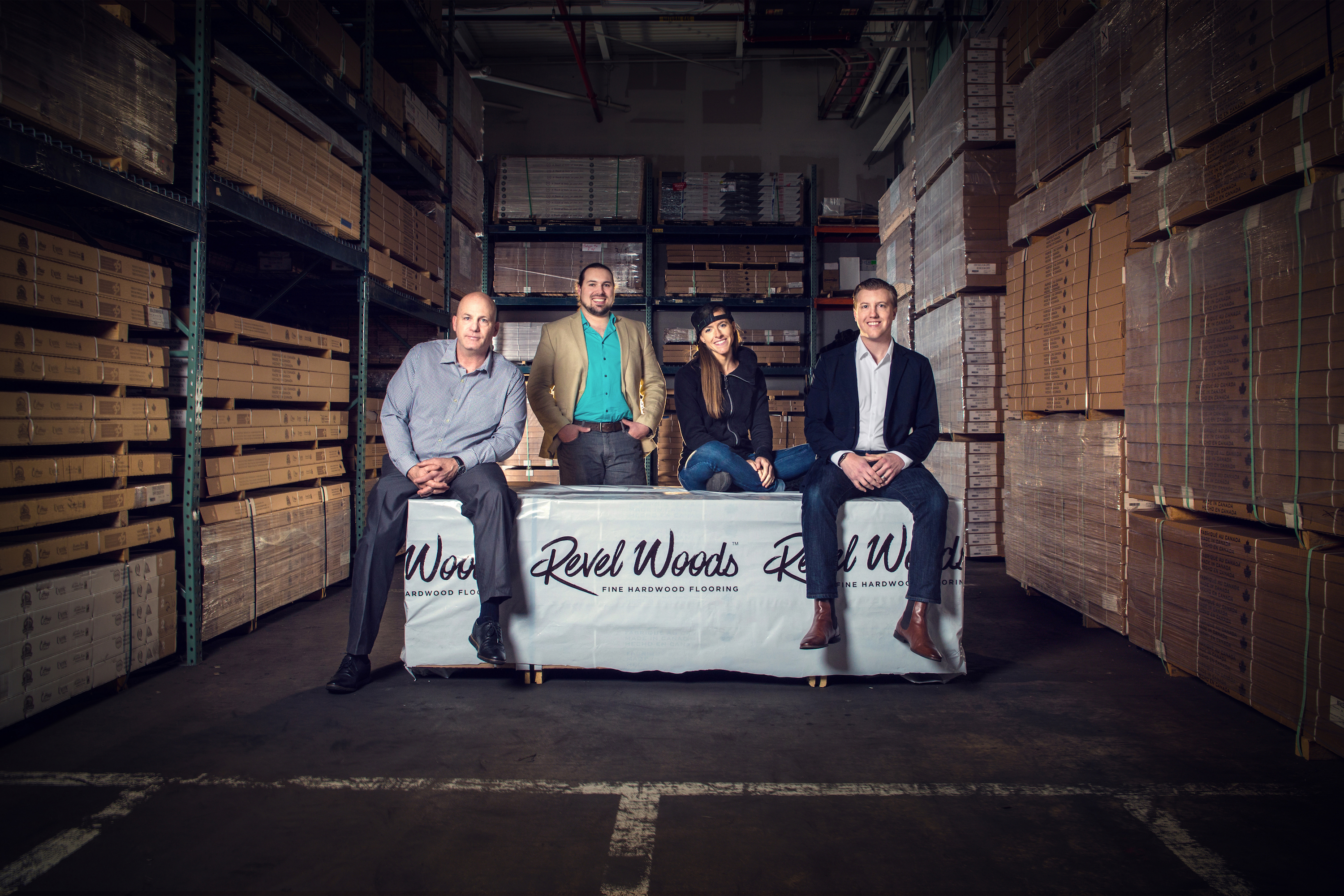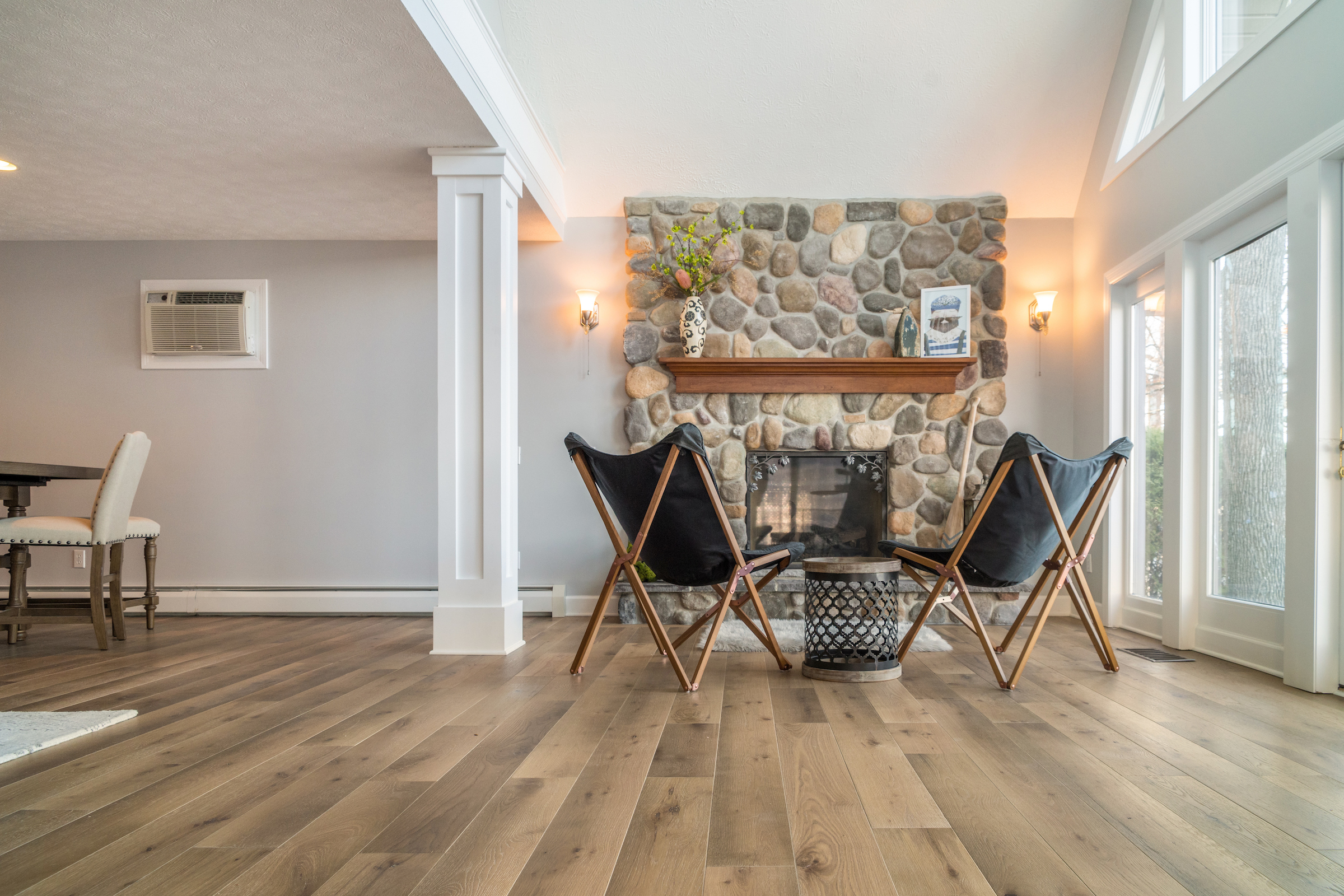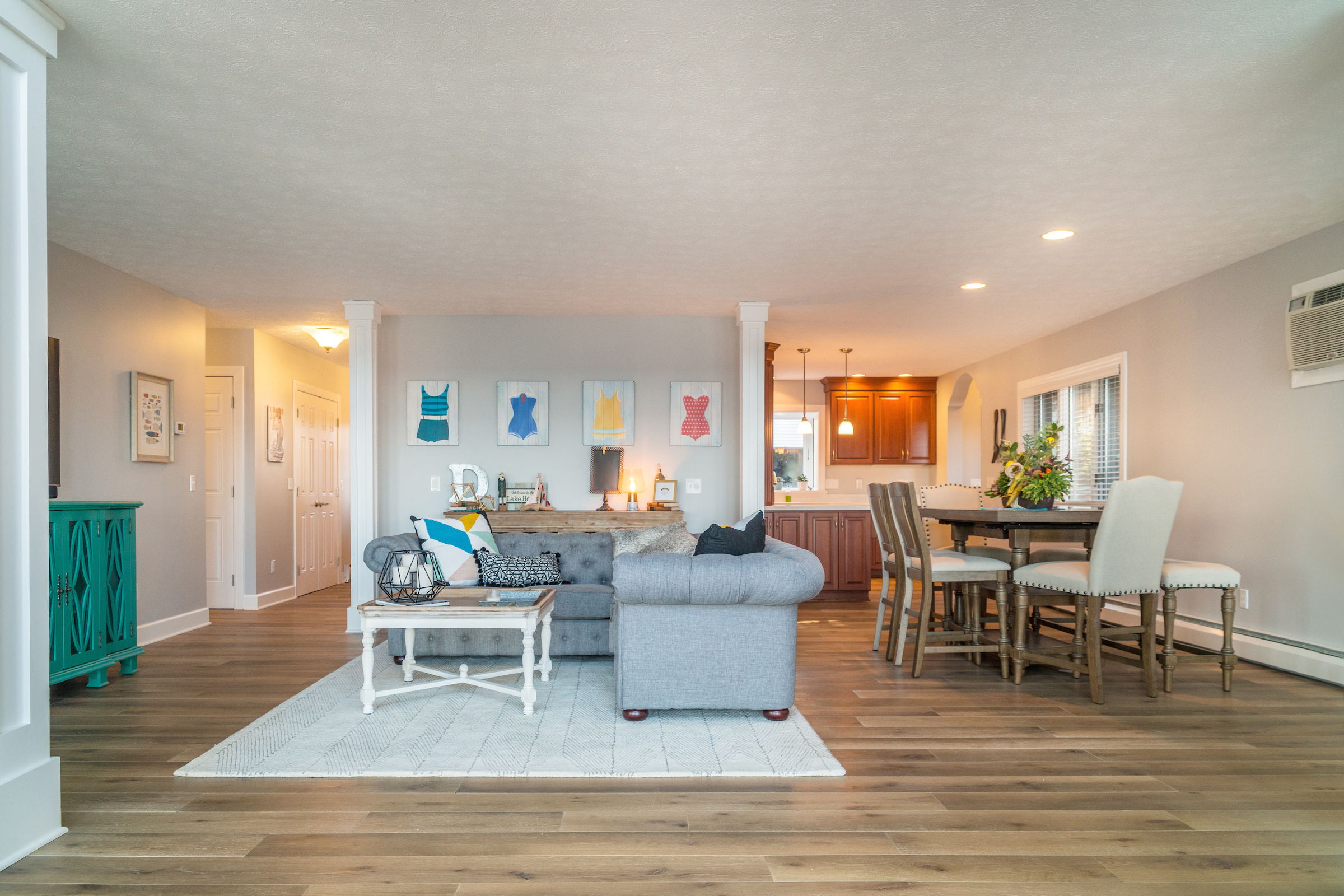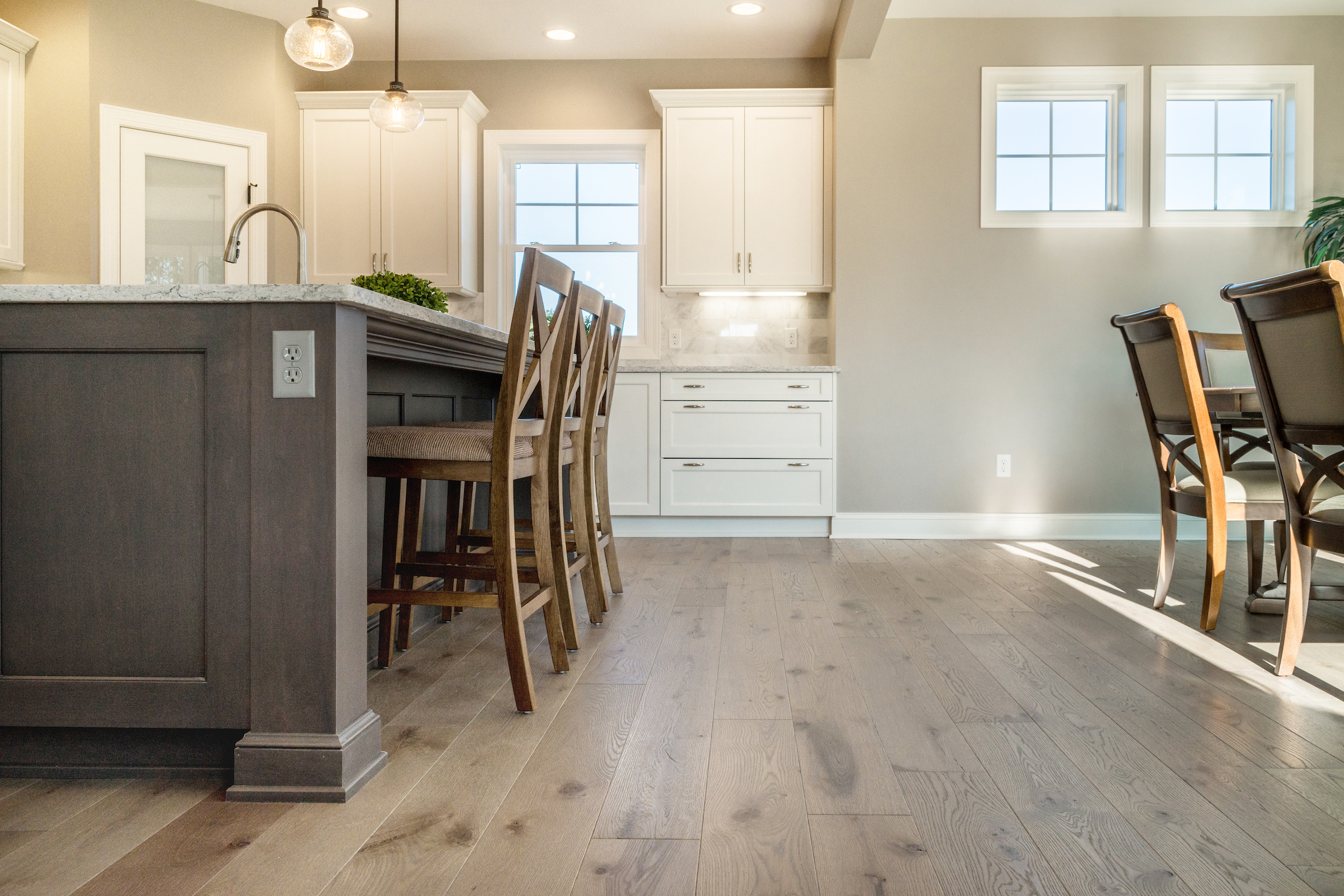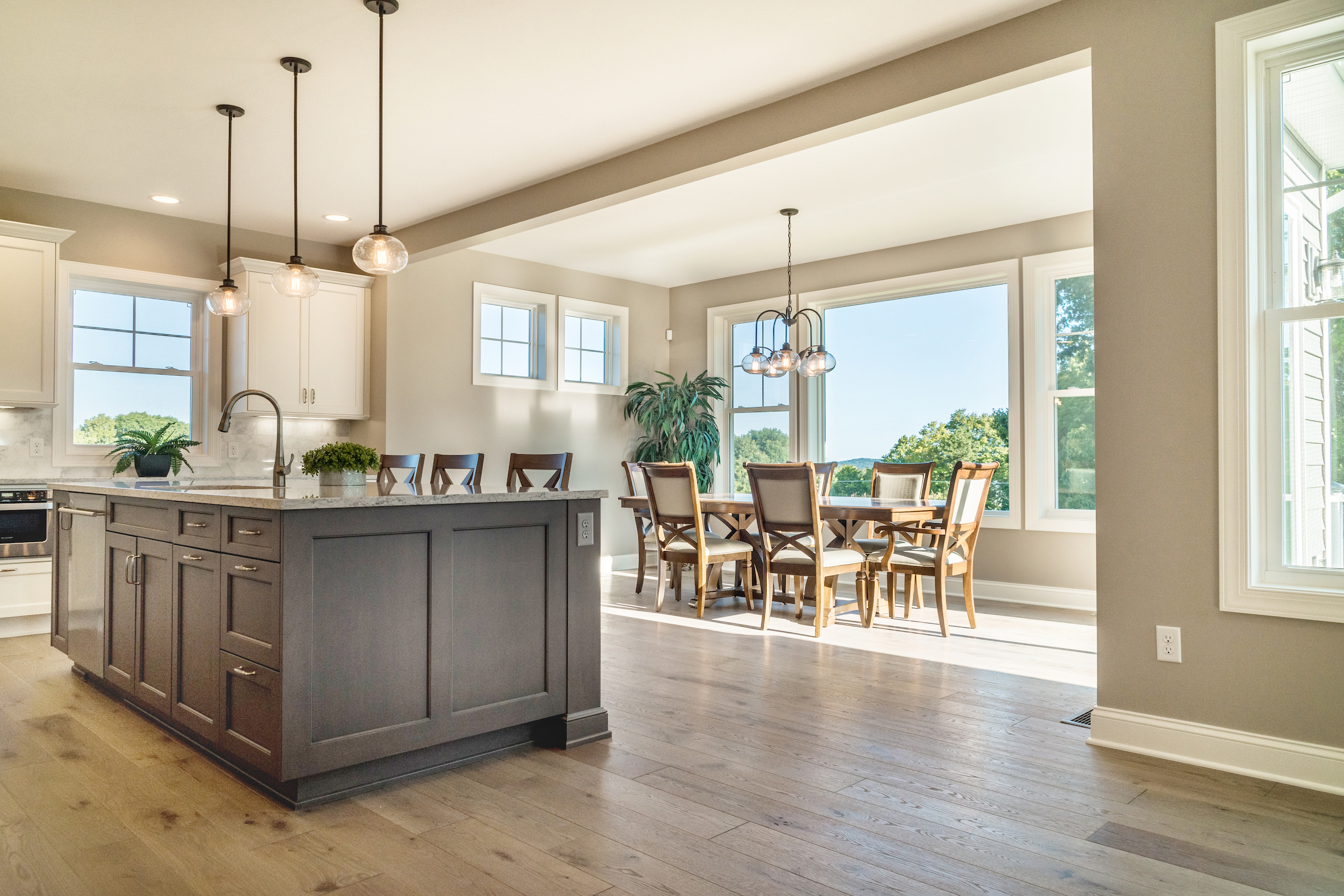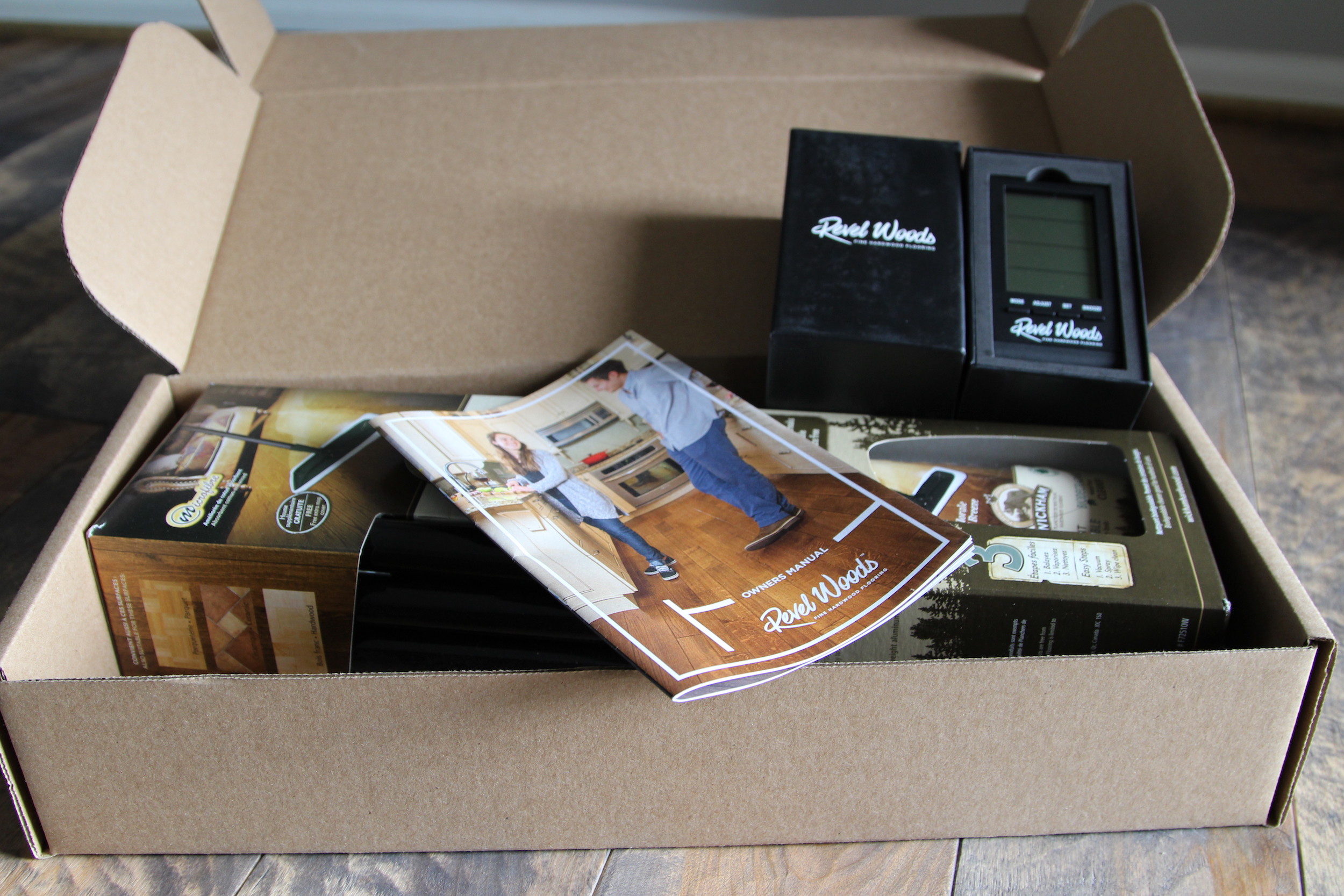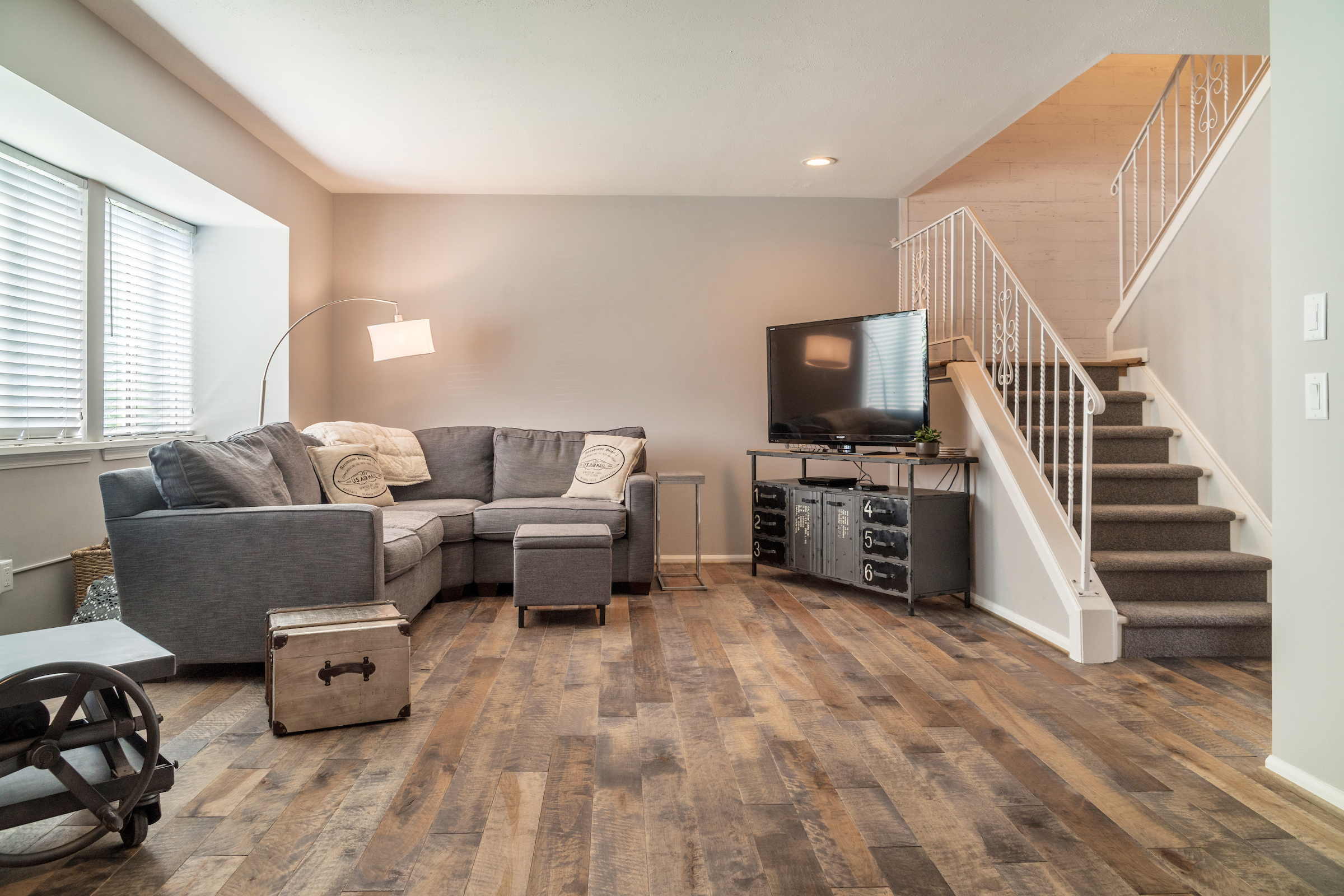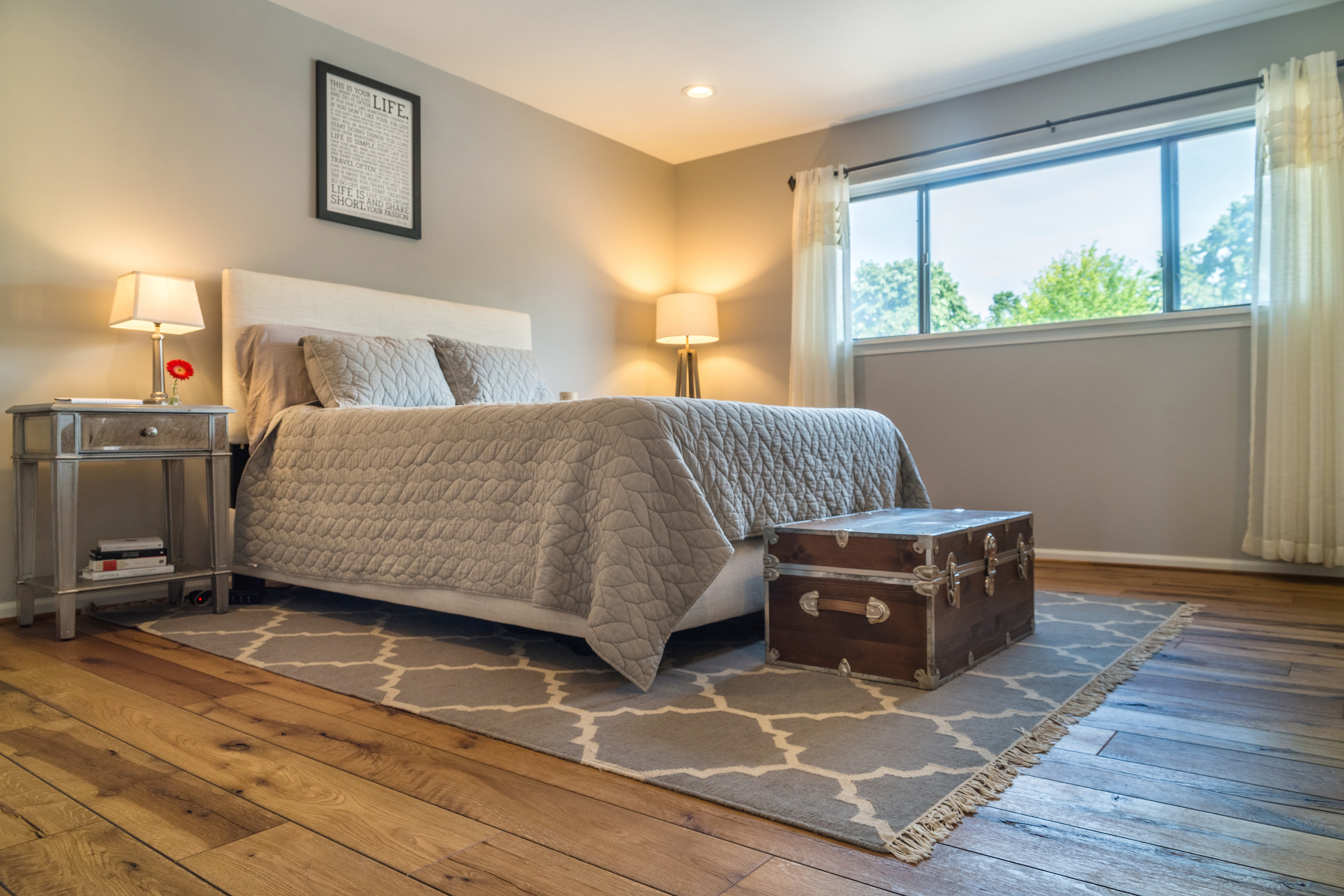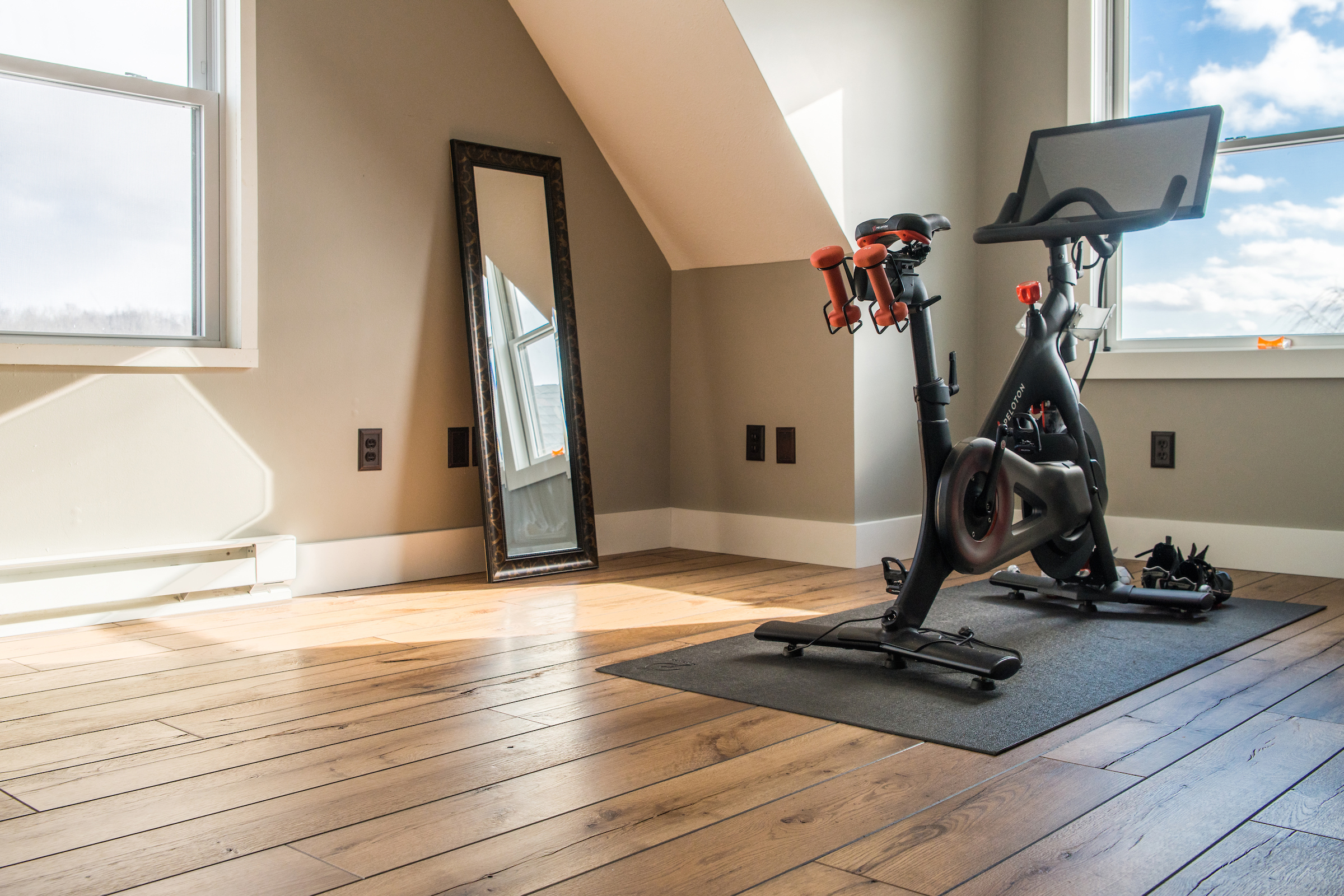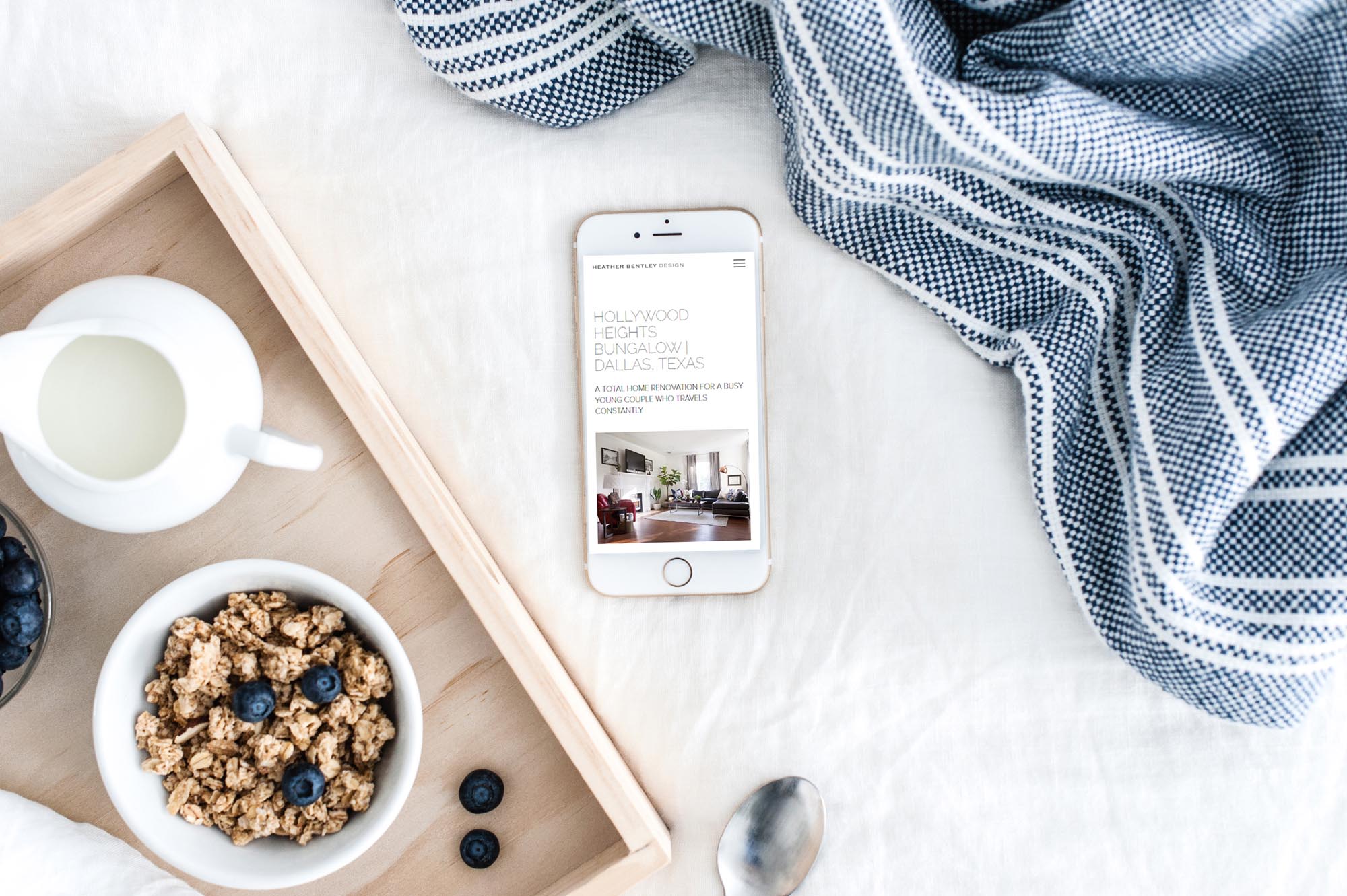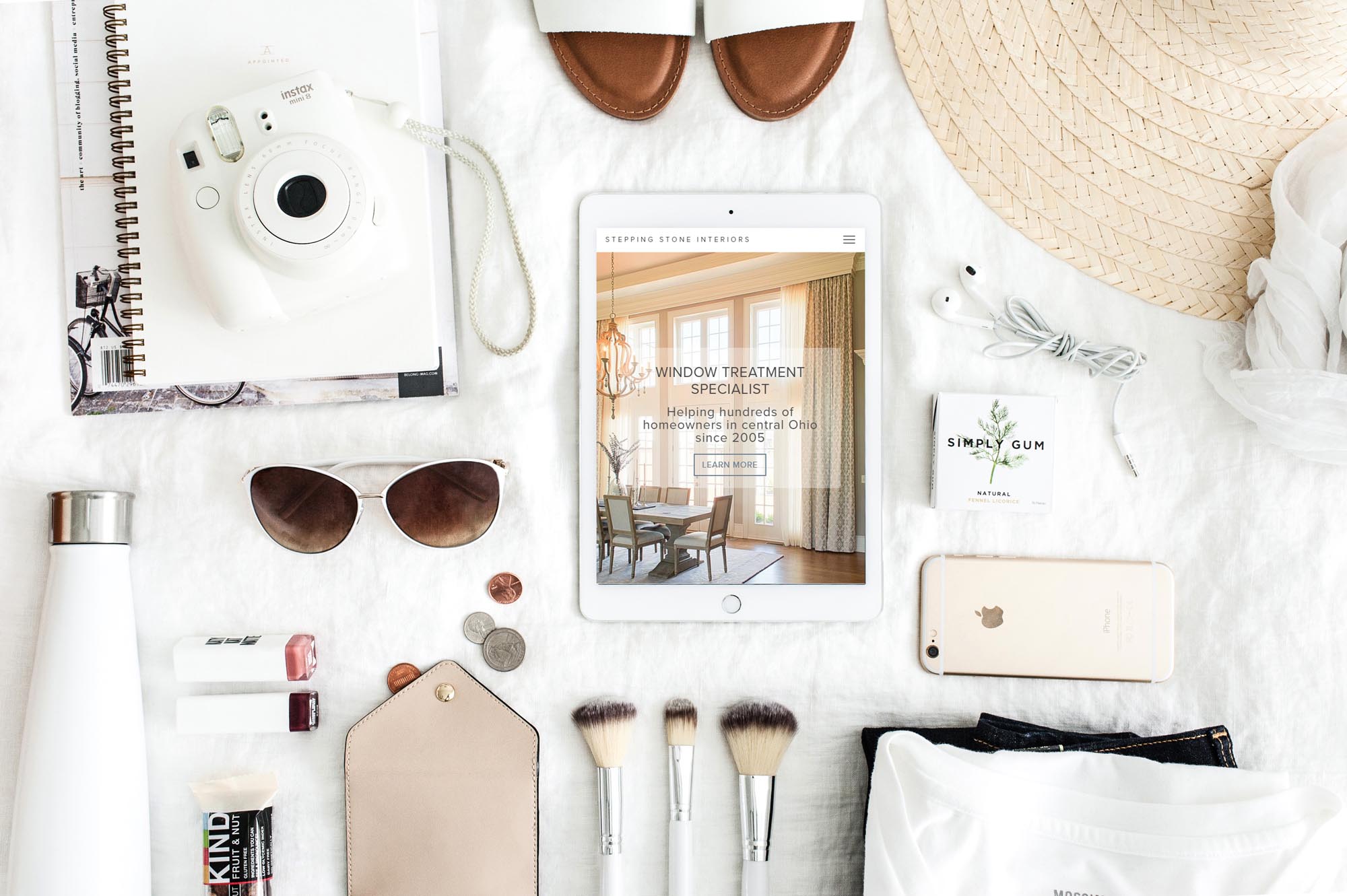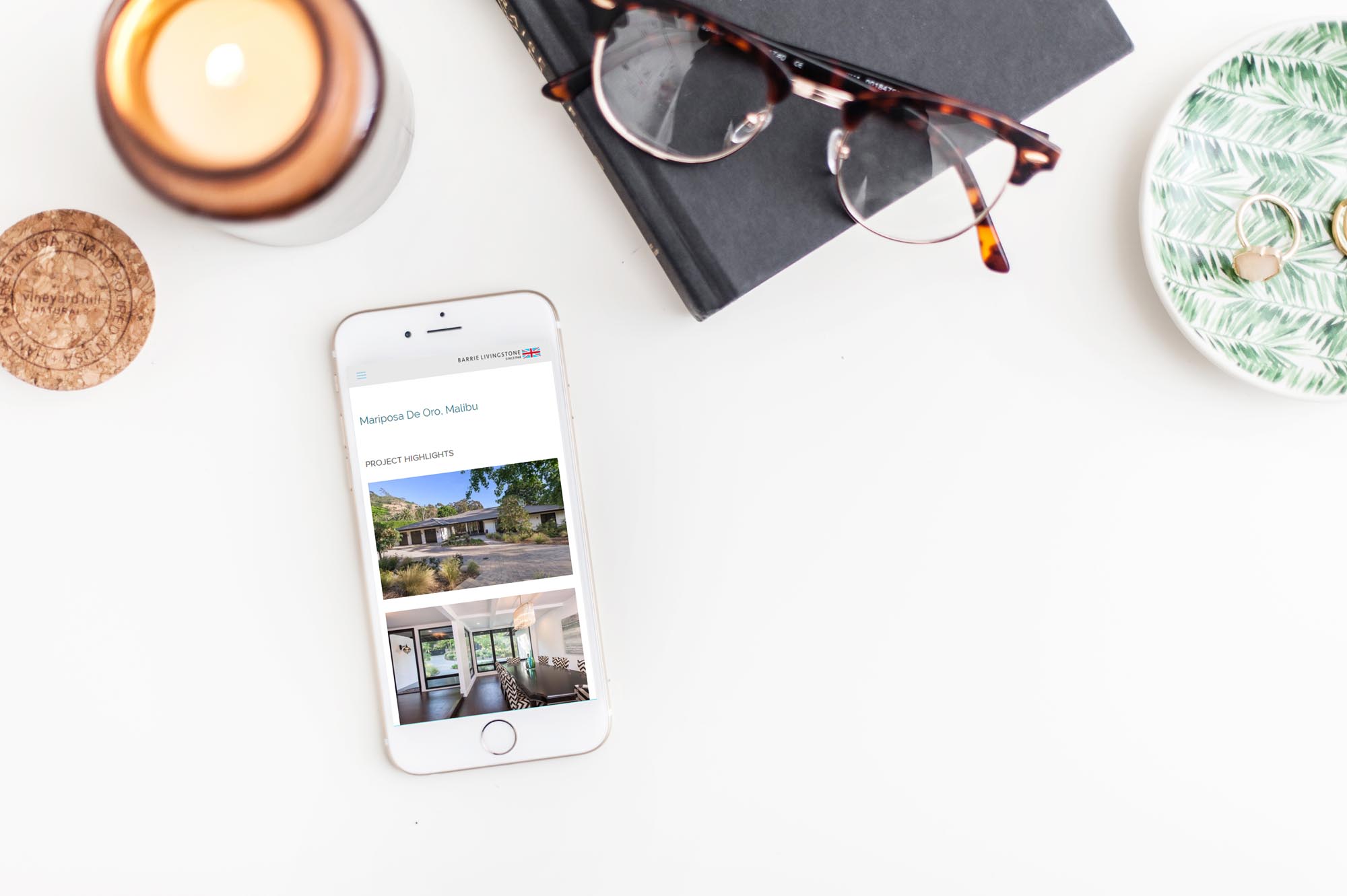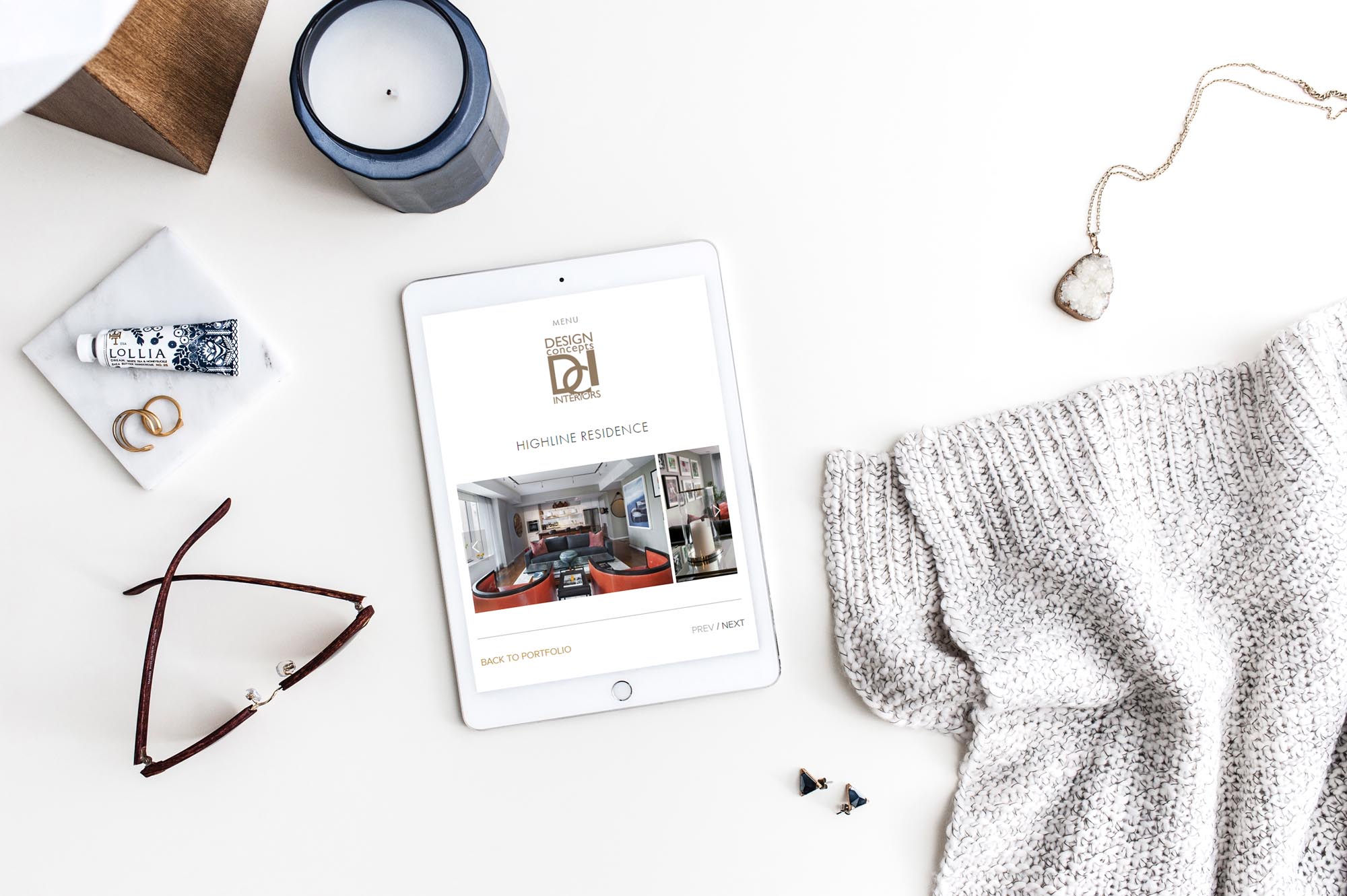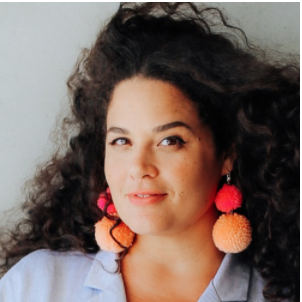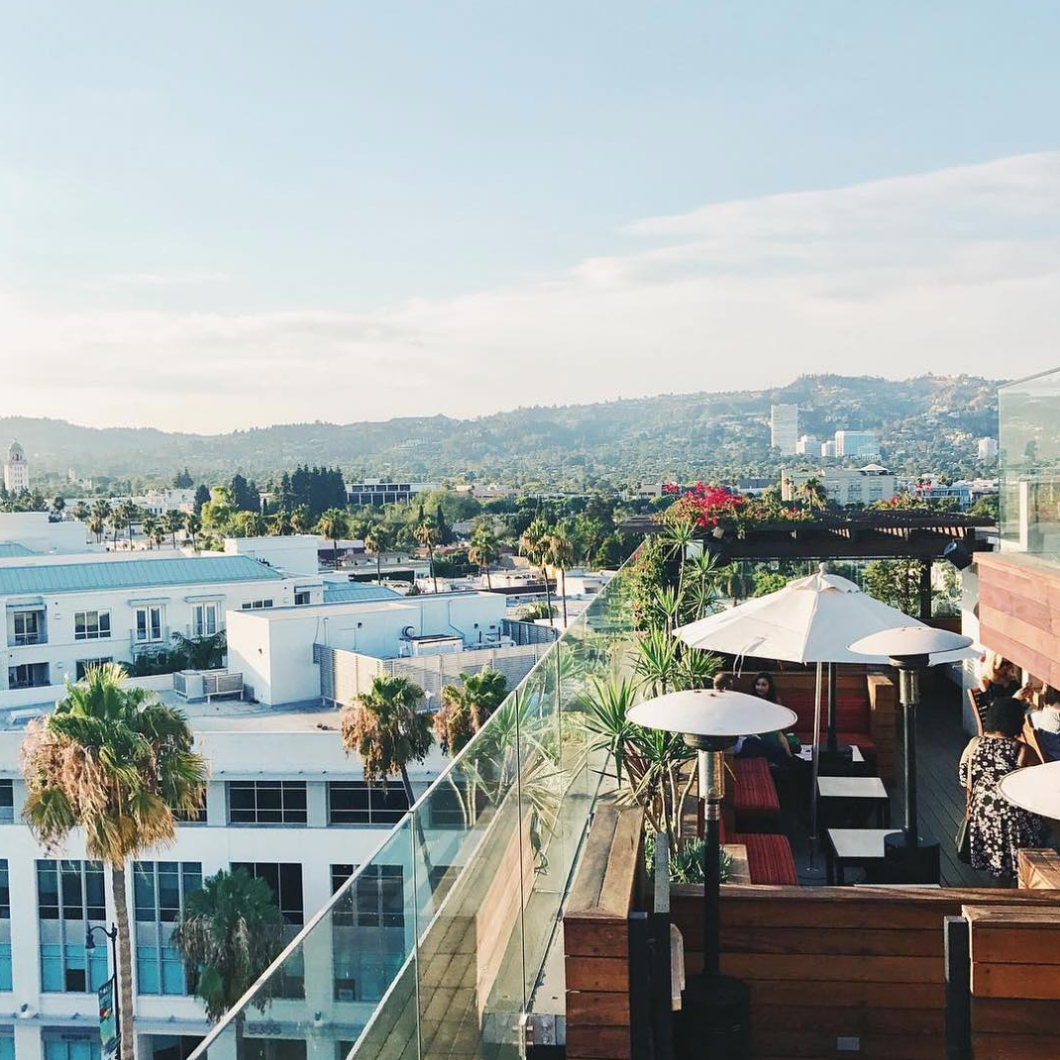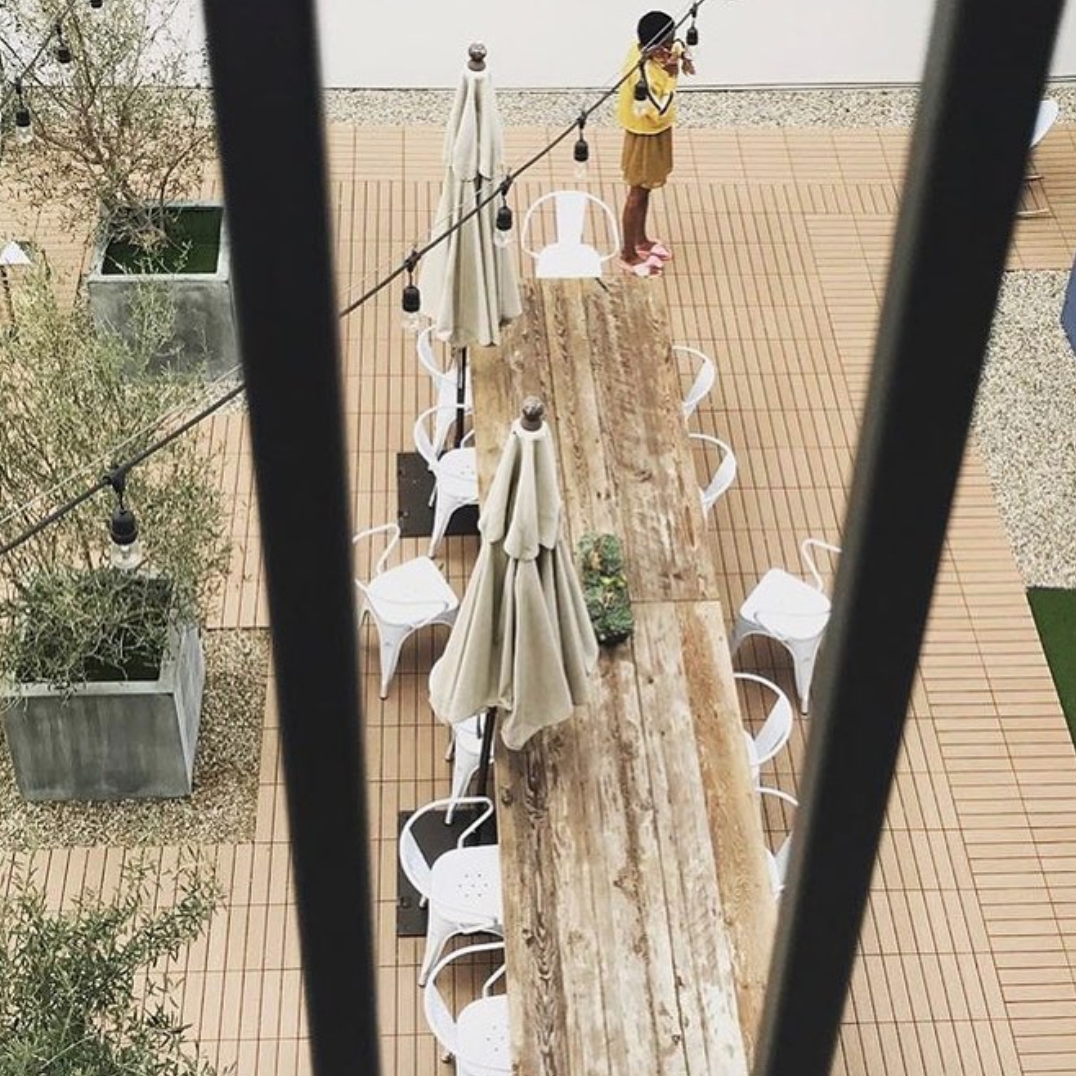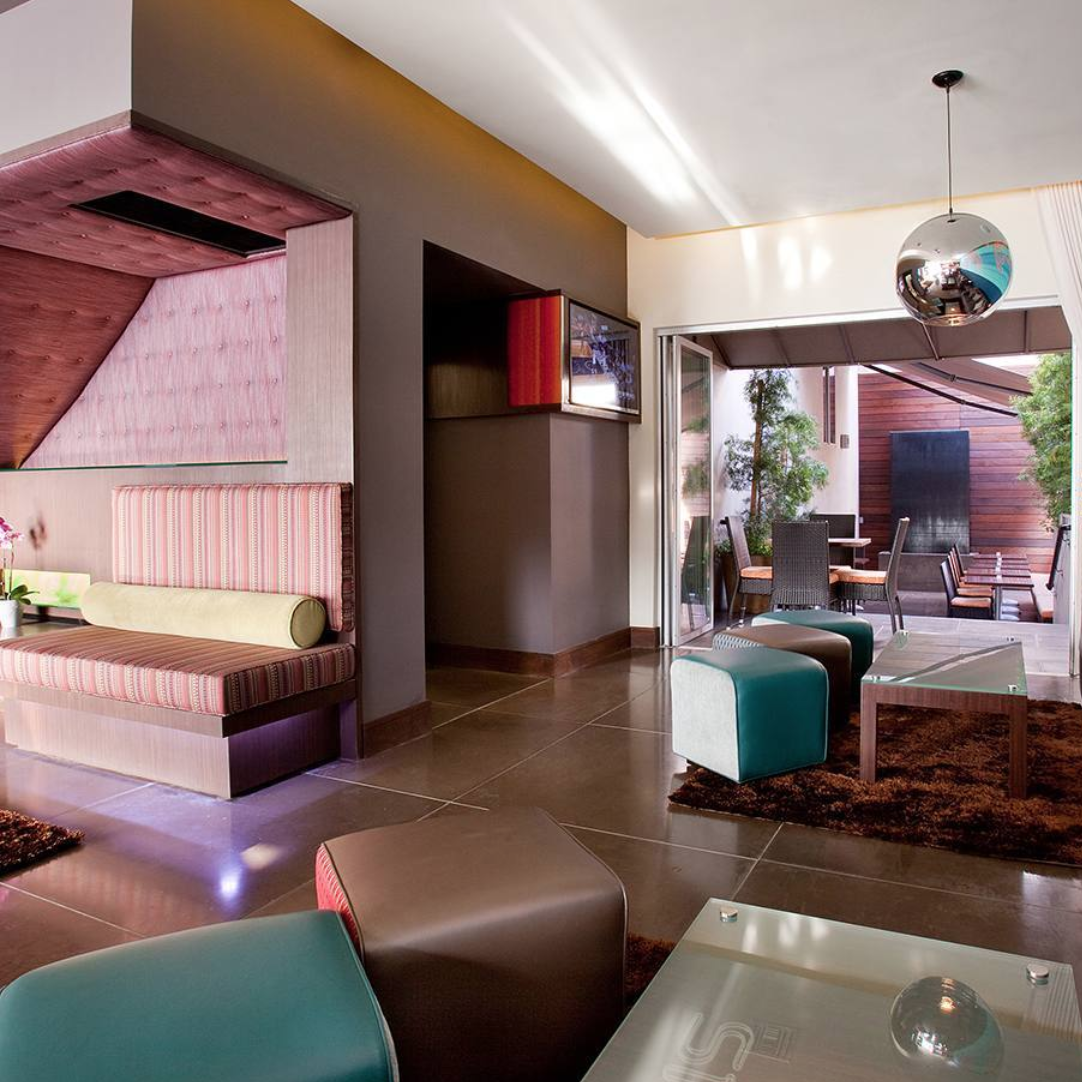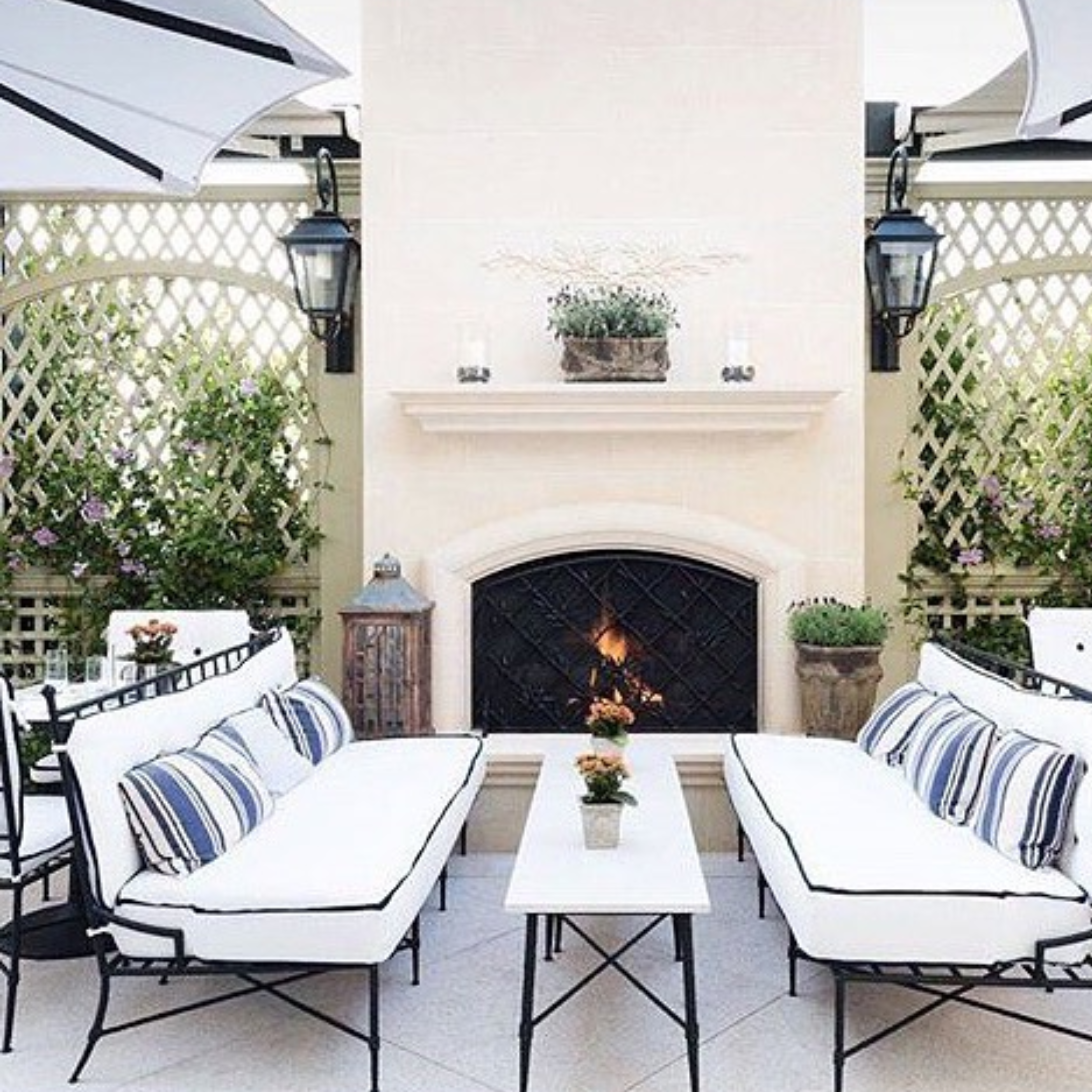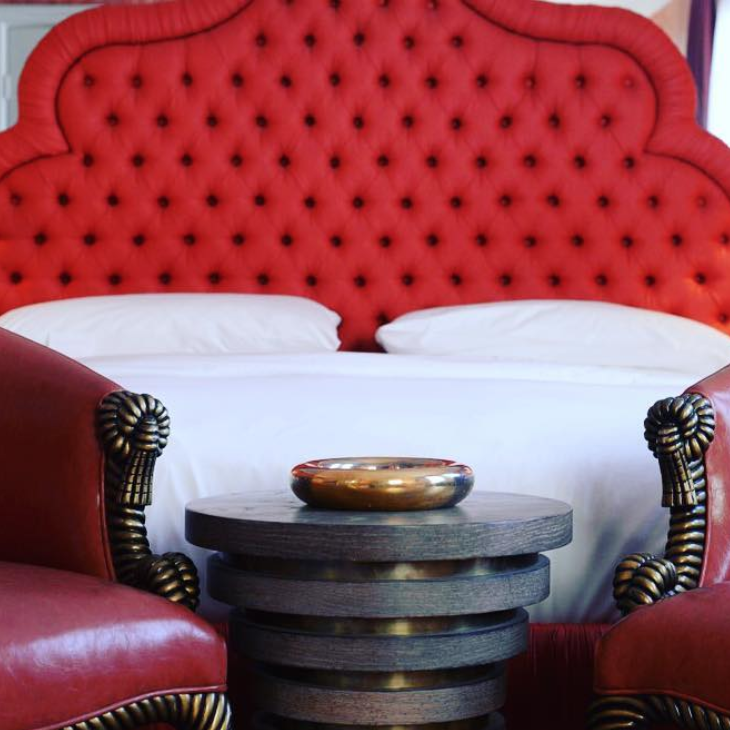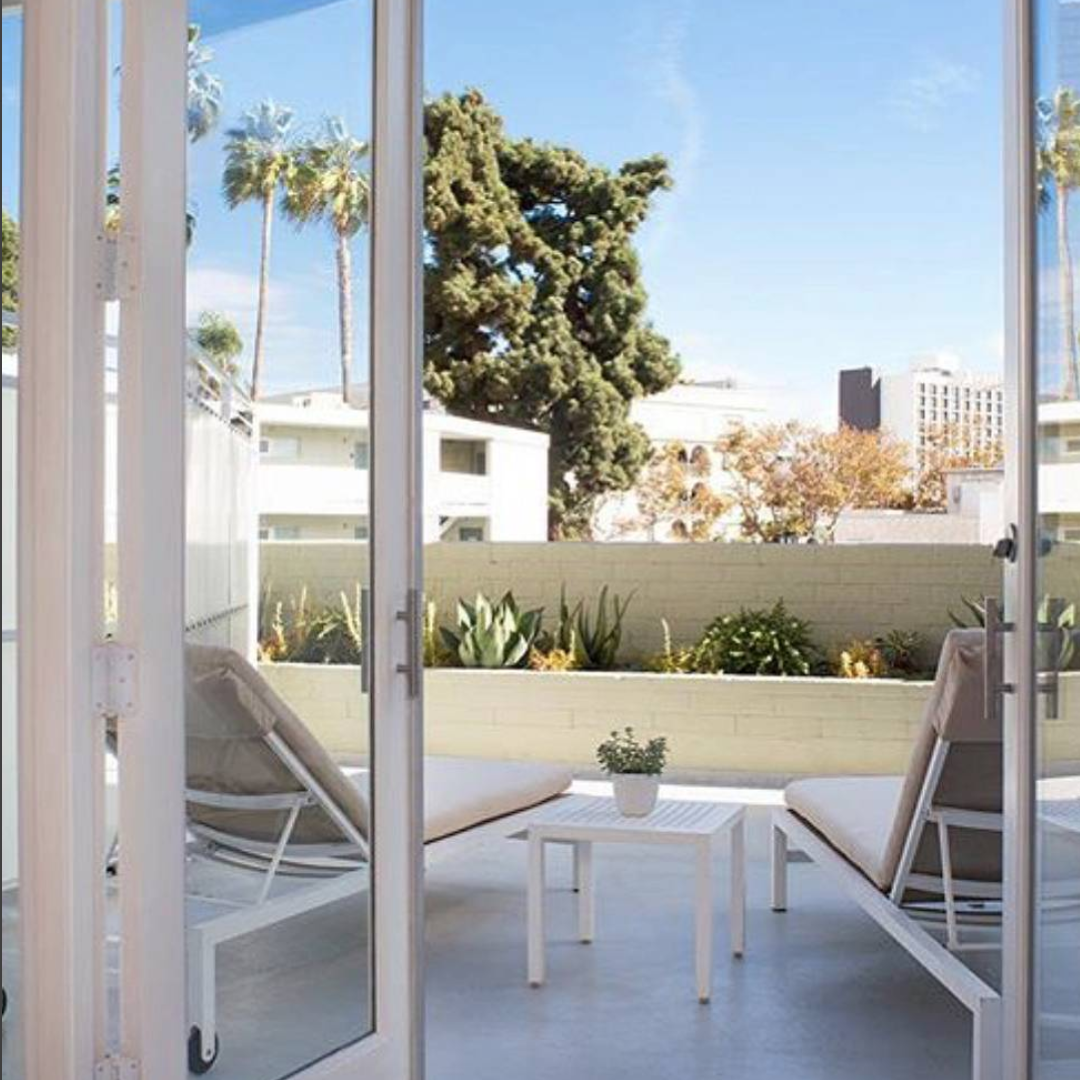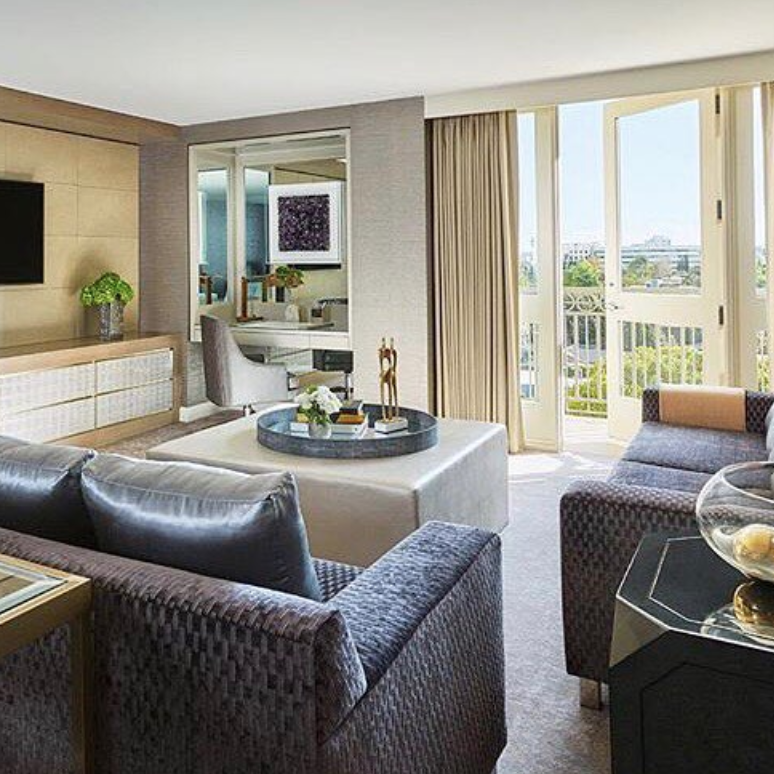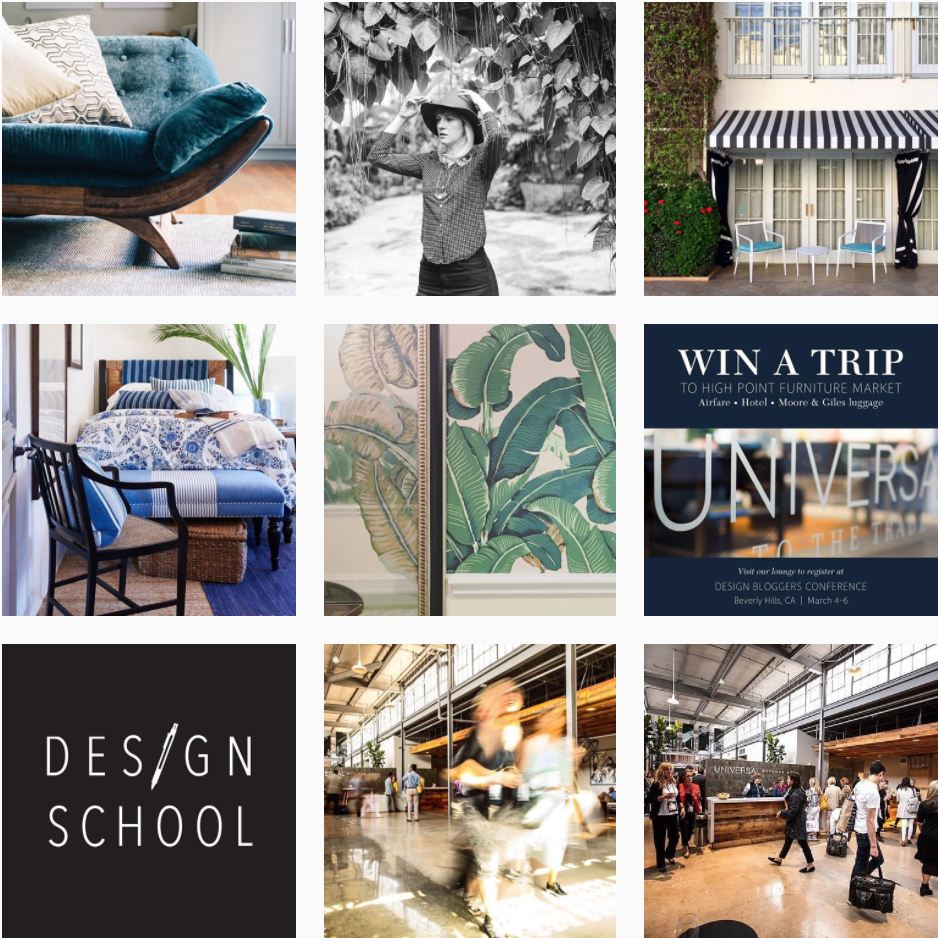Ivy Design Firm Spotlight: SKIN – Chicago, IL
Michelle and Lauren – how did you get where you are today?
Michelle Jolas: I was born in San Francisco and then moved to St. Louis when I was 6. I moved to Chicago after graduating from The University of Kansas with a BFA in Graphic Design. I am currently living in Chicago. I worked at several top advertising agencies in Chicago, Toronto, and then started my own advertising agency in 1999. I met Lauren 10 years ago because our children attend the same school. Lauren and I share the same passions for all things design. During a ski trip to Michigan, we came up with an idea to sell 8 and 16 hour interior design packages. After we learned that we worked well together, we decided to launch SKIN in 2017. We have merged our talents and we still offer graphic design services, but the largest portion of our work is interior design. My love of design has always spanned from graphic to interior design. Lauren has taught me the world when it comes to interior design and I LOVE it! I keep thinking that I would have never pictured myself making such a big career change at this stage in my life. But it’s been thrilling. Full steam ahead!
Lauren Lozano Ziol: I was born in Youngstown Ohio and grew up in Cleveland. Very early on I knew I wanted to be an interior designer. I graduated from the Art institute of Fort Lauderdale for Interior Design and went on to get my bachelor of Art History at John Carroll in Cleveland. After studying and living abroad in college, my love of all things art and design deepened and I moved to Chicago to start my career. After working for many of Chicago’s top talents and learning from the best, I started my own design firm in 2000. I worked on my own for 16 years until collaborating with Michelle. Our combined talents have really burst me into a new level of business and thinking and I am so thankful to now have a partner.

Photo by Matt Kosterman
SKIN is an interior design and lifestyle brand. How do you push yourselves out of your comfort zones to create new, personalized, and unique spaces?
LLZ: We have always been dreamers, so we try to envision the ideal space and then talk the client through the elements. It is always about a shared vision between us and the clients, but, we try to offer new and interesting colors, furniture, fabric, and a creative way to use the space while still keeping it timeless. Before every design presentation, we do a fresh new shopping trip to the Mart for the latest fabrics and wallpapers, and on a daily basis, we pour through design Magazines, Pinterest, etc. for the latest trends for inspiration.
You’re based in Chicago – who are your favorite local vendors and tradespeople to work with?
LLZ & MJ: Our favorite local vendors are Megmade, Jayson Home, Golden Triangle, Primitive, Oscar Isberian Rugs, South Loop Loft, Holly Hunt, Circa Lighting, and Studio 41.
Our favorite local tradespeople are Elegant Custom Draperies, Artistic Construction, Andrew Miller, Keith Striegl of That Painter LLC, Vito’s Upholstery, Andrew Kephart of -ism Furniture, and Steven Davy of Made in Chicago.

Photo by Andrew Miller
Tell us about Bon Voyage Maison, the customizable, luxury interior design shopping excursions you plan to cities around the world?
LLZ: My love of travel and experience of living abroad in both London and Paris inspired me to want to take our clients shopping around the world to find unique and one of a kind pieces for their homes. We love to educate our clients on furniture and art history, so there is a story and a meaning to all their purchases. This personalized experience adds another layer to the design process. Our trips are customizable to the clients’ needs and tastes and can be in groups, as couples or even a girl’s weekend.
You also created Projekt SKIN to donate a portion of your company’s proceeds which go to interior design services for spaces or places in need. What are the latest projects?
MJ: SKIN believes that great design is for everyone. Projekt SKIN is a non-profit organization that transforms the existing spaces of other non-profits through design services and in-kind donations. Our latest project was with the Common Pantry in Chicago. For the past 50 years, the Common Pantry has been dedicated to providing emergency food and social services on Chicago’s north side, while addressing the root causes of food insecurity and poverty. Our mission was to create a happy place that is full of generosity and compassion while redesigning their shopping area to accommodate more people, access to more food, and better organization.

Photo by Andrew Miller
How does designing make you feel?
MJ: Designing is the best part of our job. When you run your own business, you have to wear many hats, but we are interior designers, so when we are designing, we are in heaven!
What’s your business mantra?
LLZ & MJ: We like pushing our clients out of their comfort zone to do new and different things. Every project we do is classic and timeless, with an edge.

Photo by Andrew Miller
What are some common business dilemmas you face and how do you navigate them?
LLZ: Design is so personal with each client and all clients’ needs are different stylistically and financially. Sticking to our business model and billing system is essential for our survival. Being firm about our contract, while listening to our clients’ needs, is something we are working on.
Do you regularly attend trade markets and conferences? If so, which ones and what’s your strategy?
LLZ: We just started our business in 2017. Next on our radar is Maison et Objet 2018.

Photo by Andrew Miller
How much time do you allocate towards social media and marketing?
MJ: My background is in advertising and marketing so it was a natural that I focus on this. I spend about an average of almost 40% of my time during the week on social media and marketing. If a day goes by without a post on Instagram, it’s a bad day!
Why did you join Ivy?
MJ: When I met Lauren, she was using Studio Webware as her interior design software and I thought it was not user-friendly. We brought on an assistant who just couldn’t get the knack for it either. I then convinced her that we had to start doing all of our accounting in QuickBooks Online and we started to also use it for all estimates, invoices, and purchase orders to clients. It didn’t have all of the aspects that we truly needed for an interior design business. We contacted another company but no one would even answer the phone! We then heard about Ivy through an amazing vendor we have been working with in San Francisco. I checked it out and it immediately felt very current, on trend and user-friendly. I tell every designer I meet, “Get Ivy. It will transform your business!”

Photo by Andrew Miller
What’s an Ivy Feature you can’t live without?
LLZ & MJ: The Ivy Product Clipper. Hook, line and sinker!
What do you learn from the Ivy educational resources?
MJ: We are OBSESSED with all of Ivy’s webinars and emails that are geared towards designers. We especially love all of the Q&A and comments from designers. Being able to read and share with other designers about tips on how to run your business is monumental. These little morsels are worth gold!

Photo by Matt Kosterman
How has Ivy transformed your business?
LLZ & MJ: It has made our business much more profitable!
Here at Ivy, we’re more than just an interior design software. Our mission is to provide interior designers with the community, resources and tools needed to manage your business beautifully. Are you searching for a business management tool to help streamline your workflow as an interior designer?





